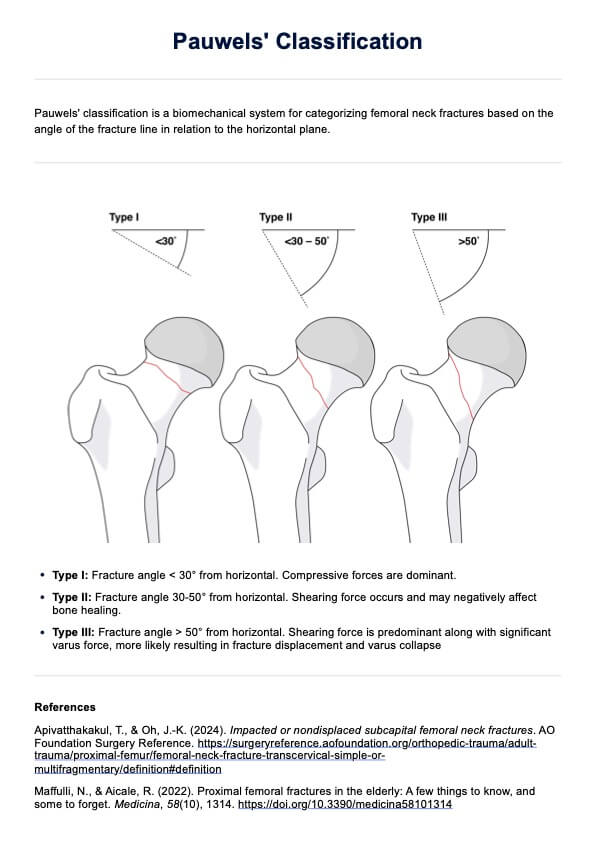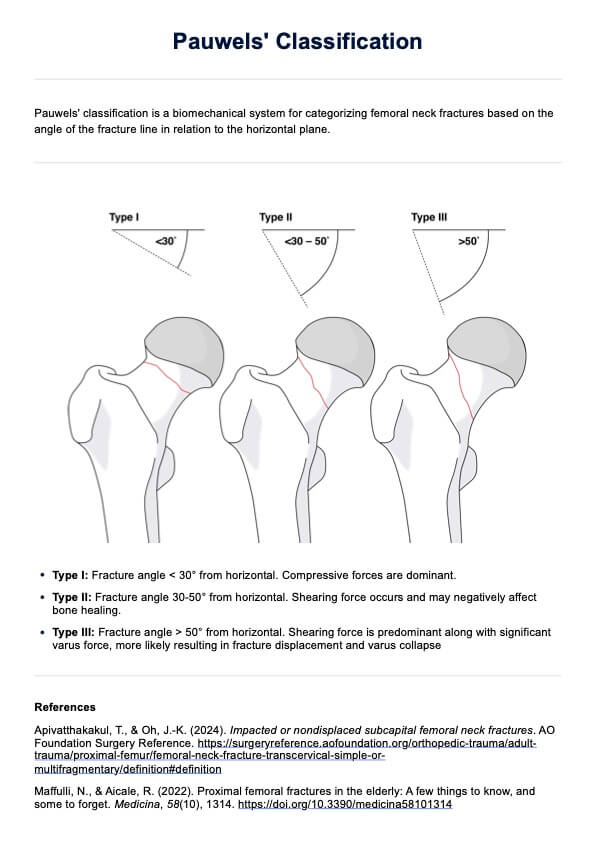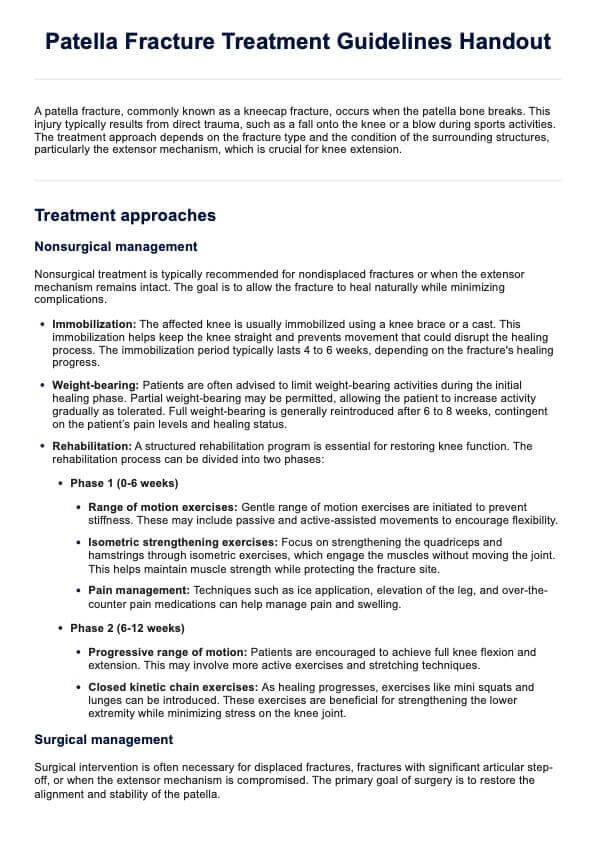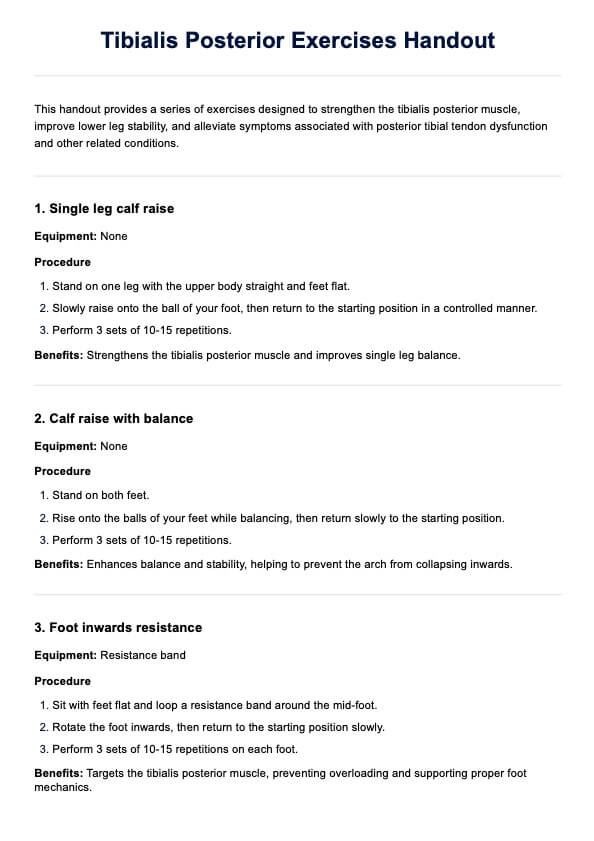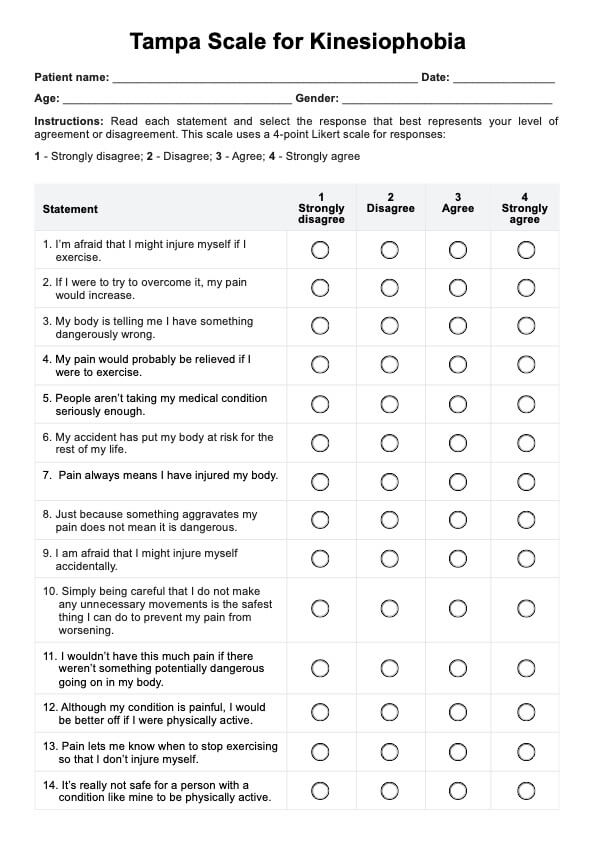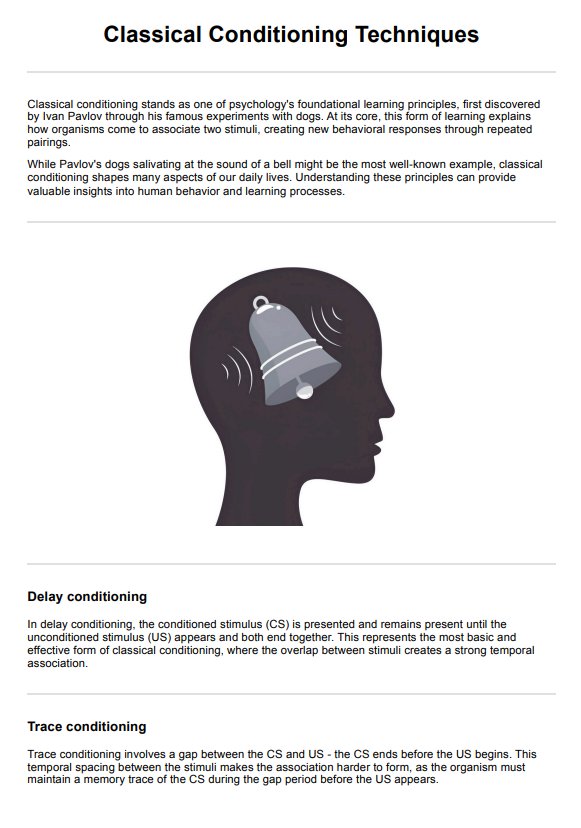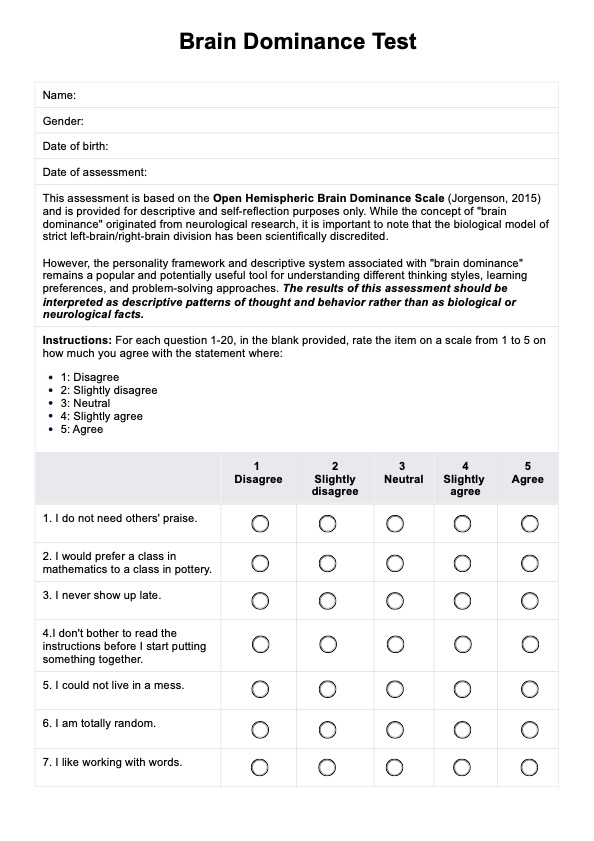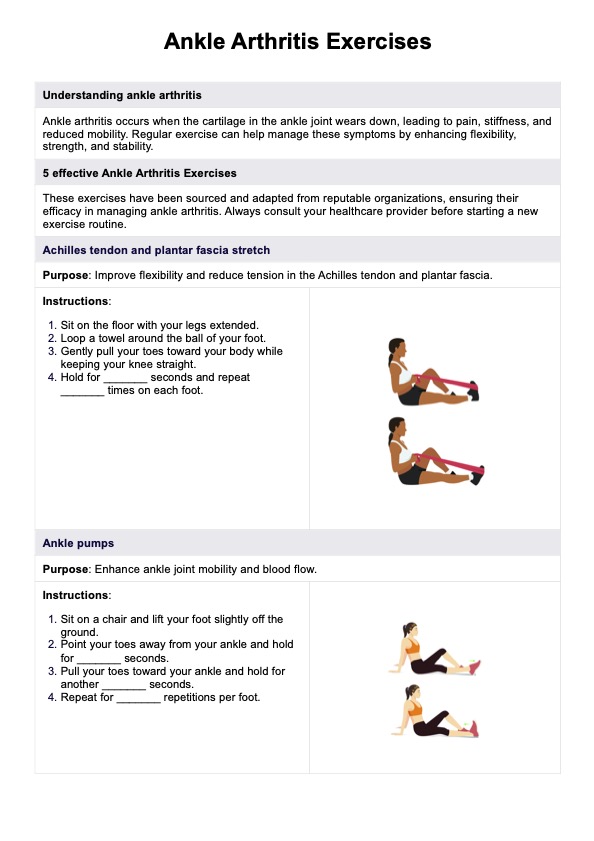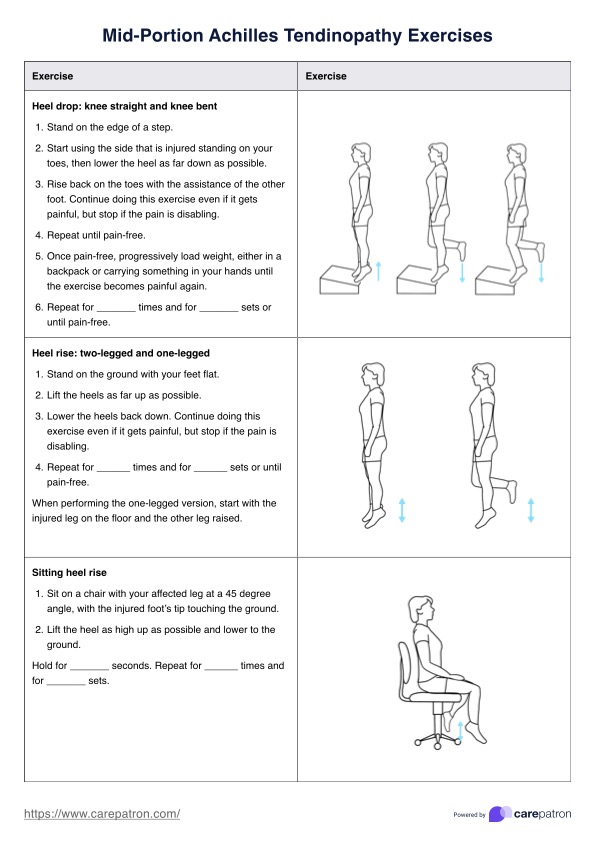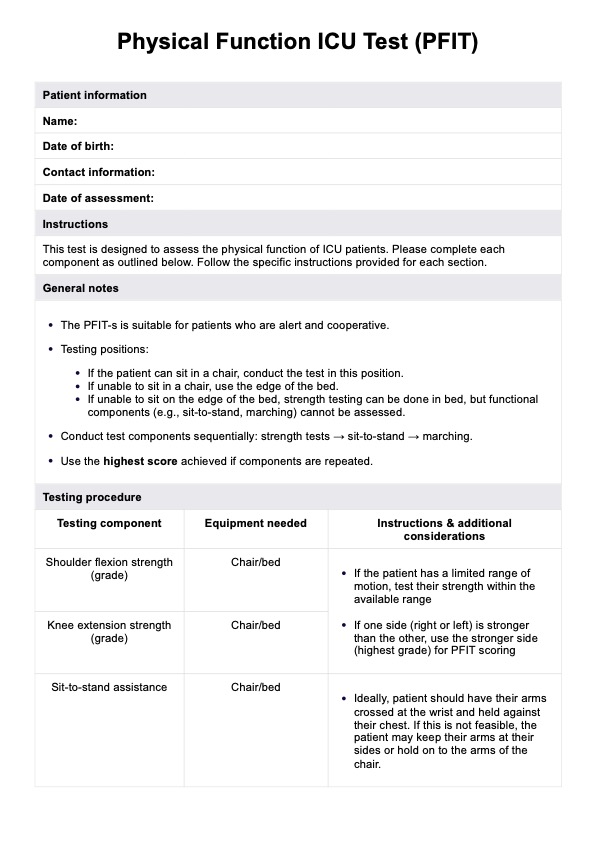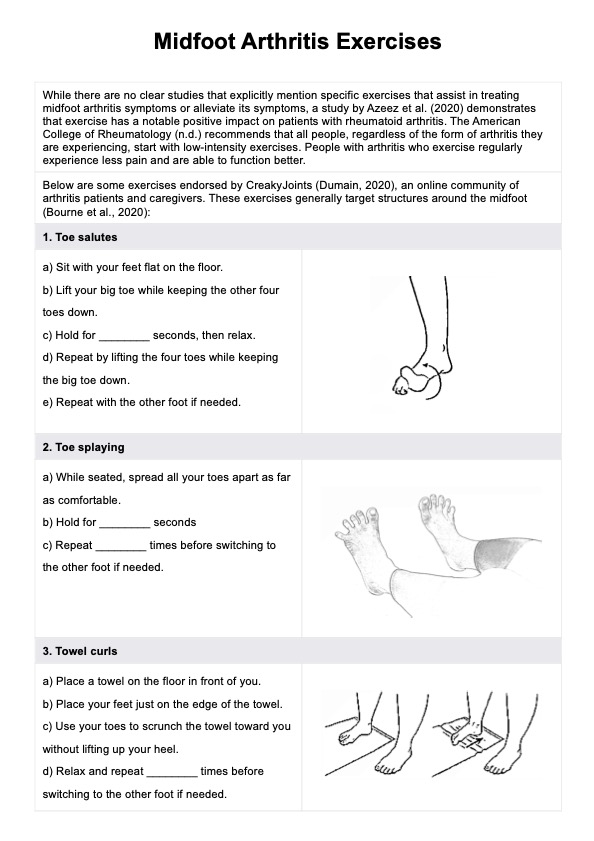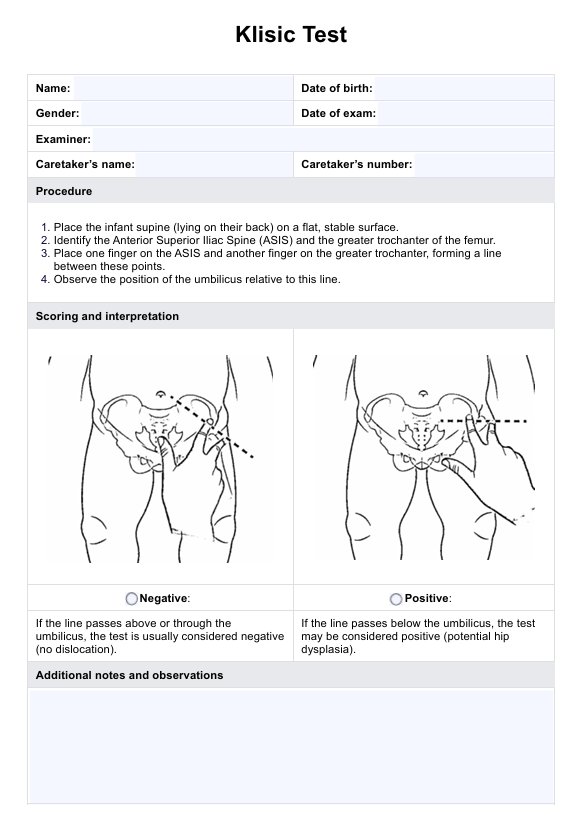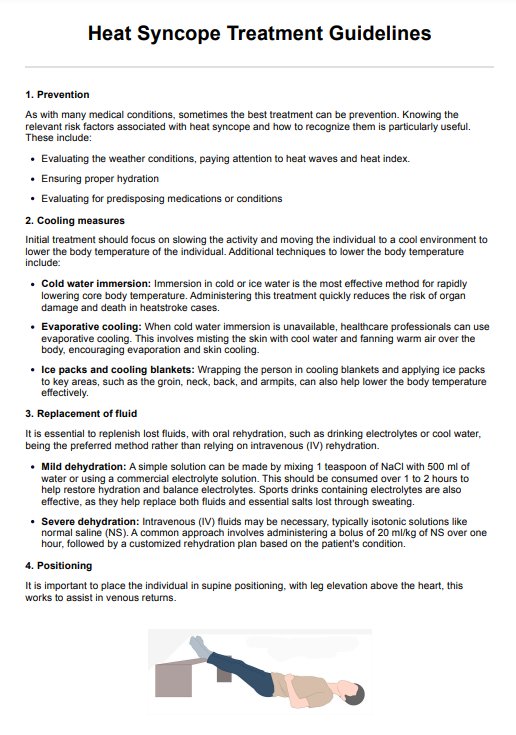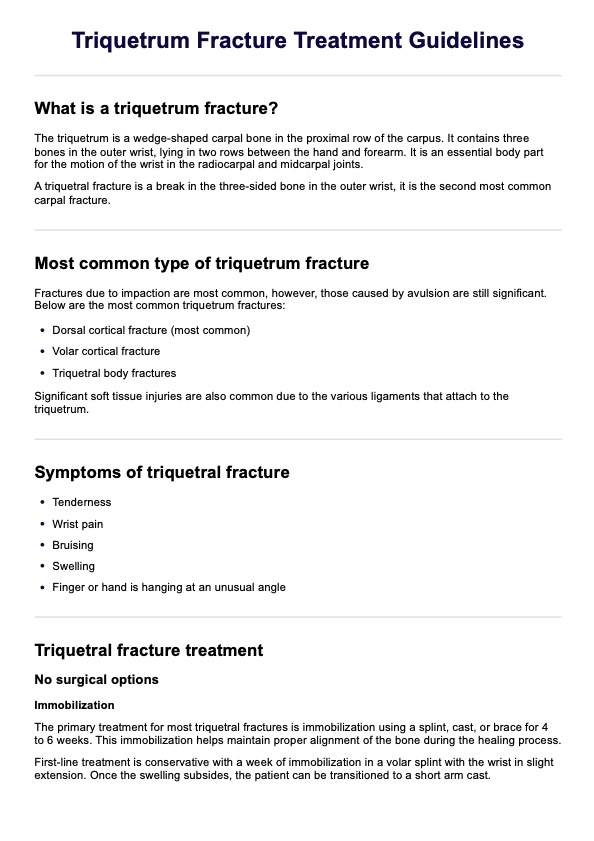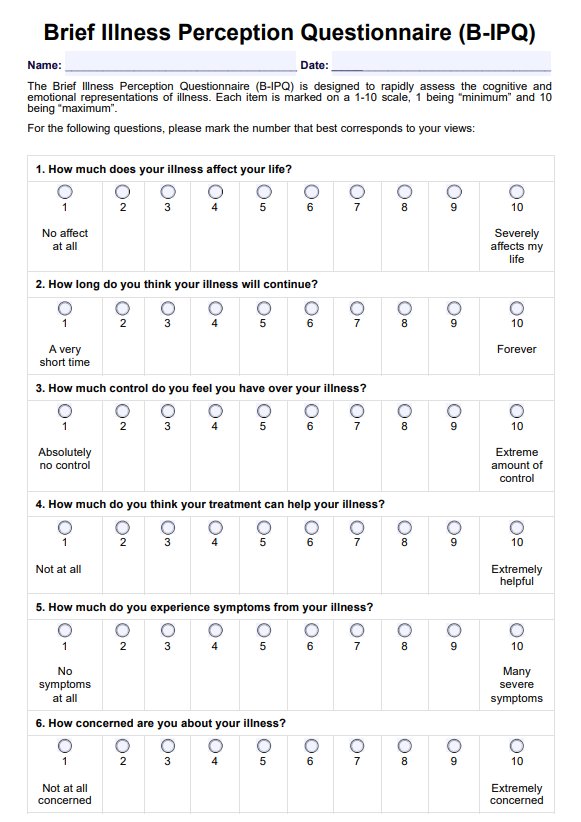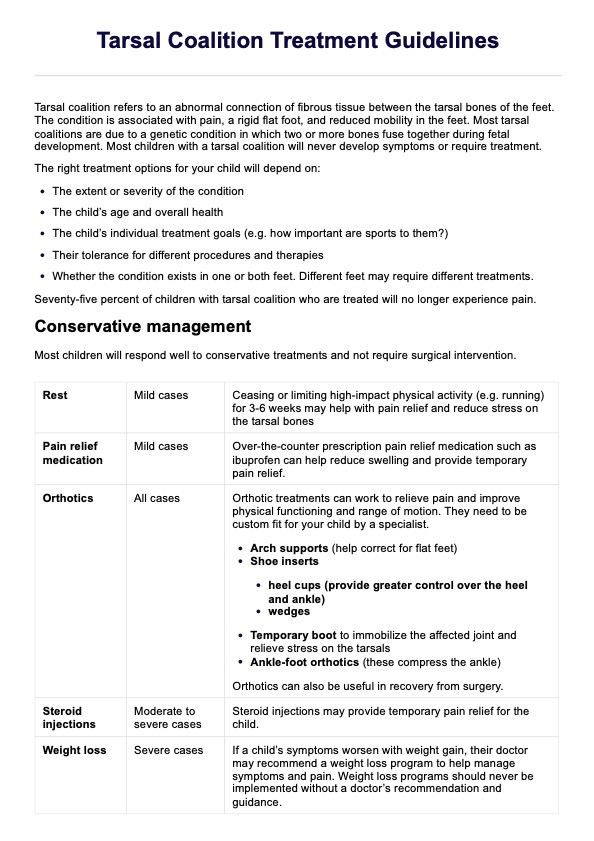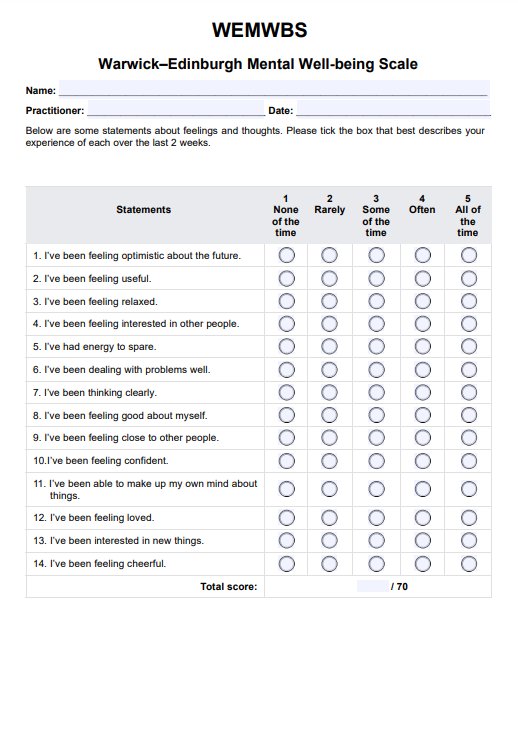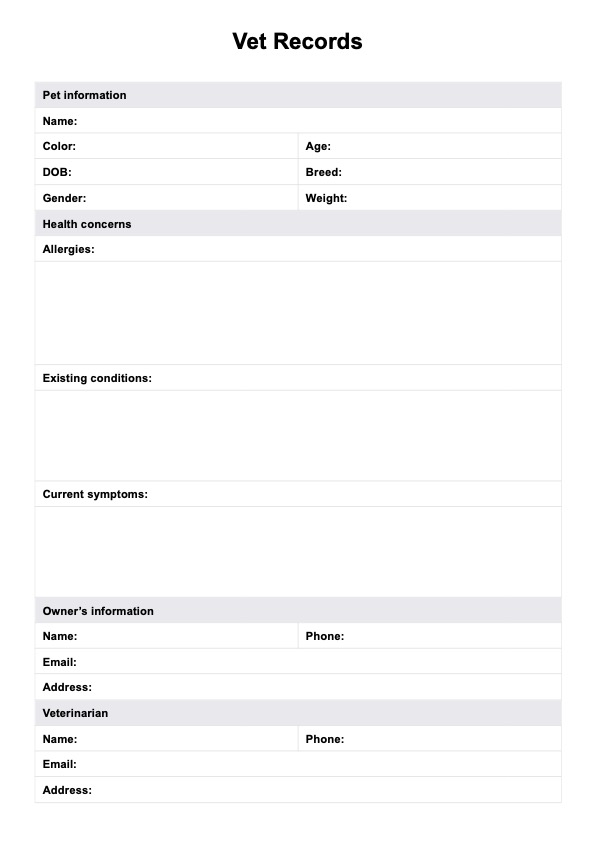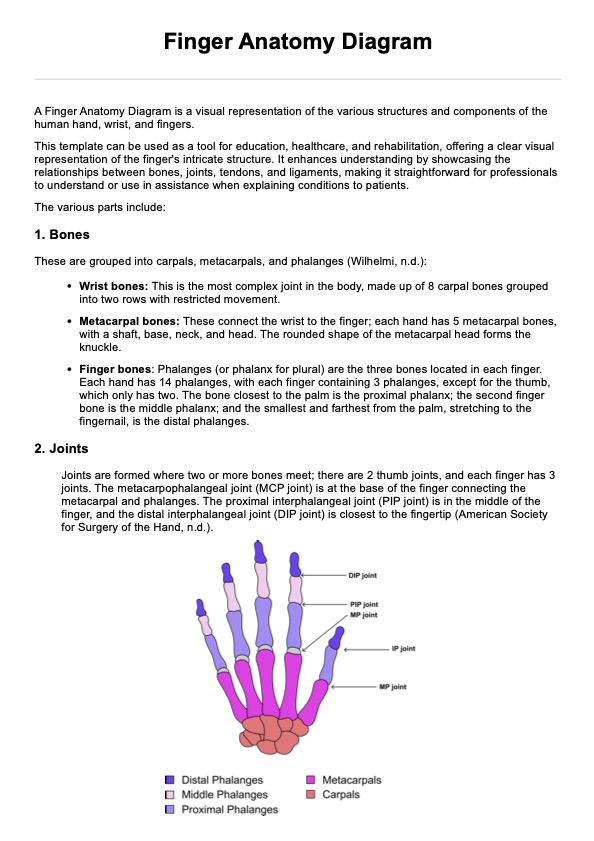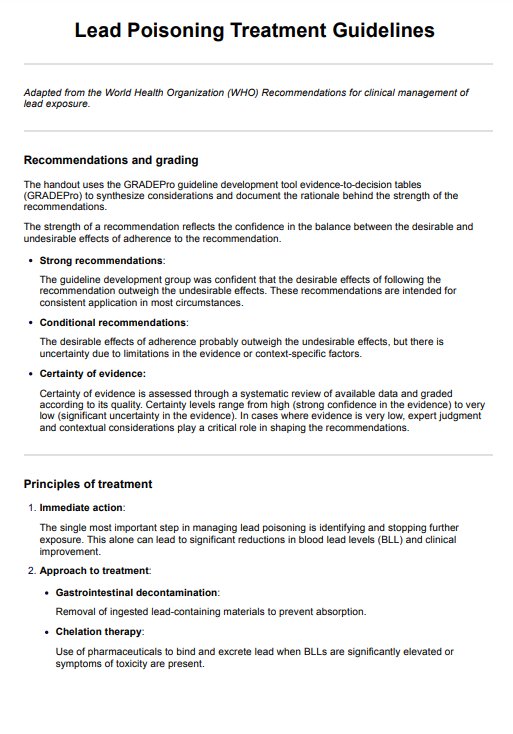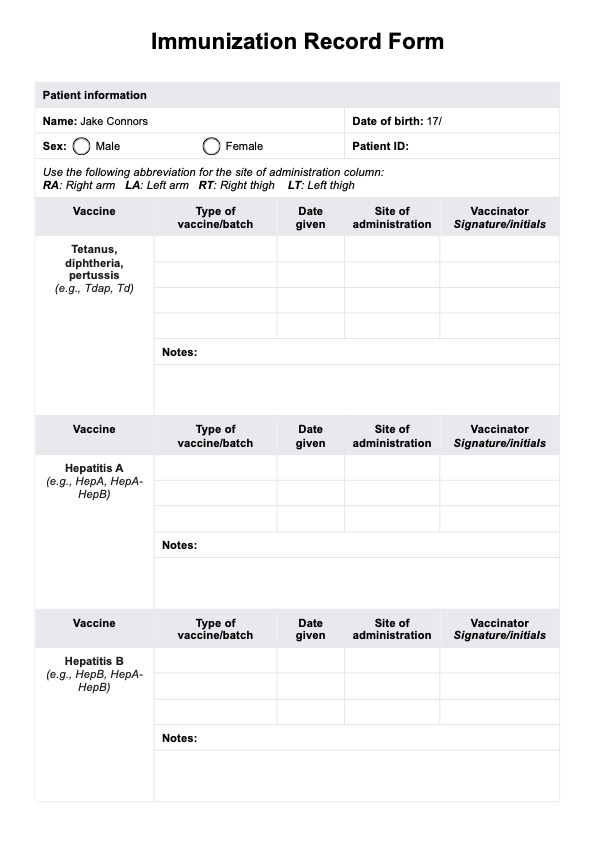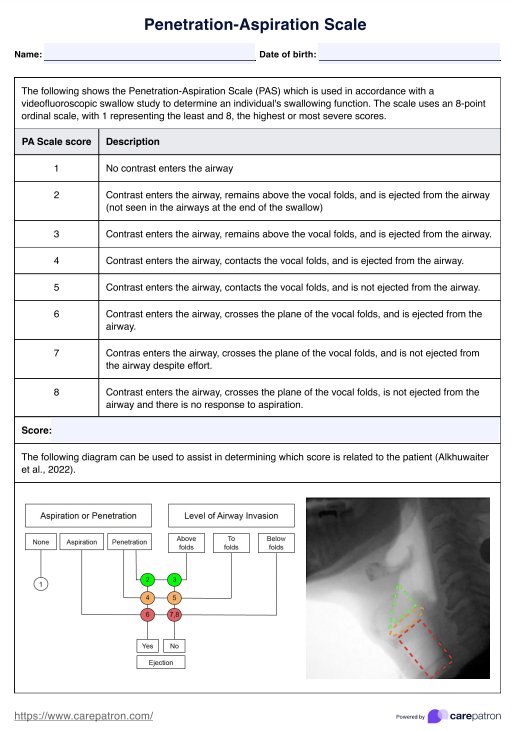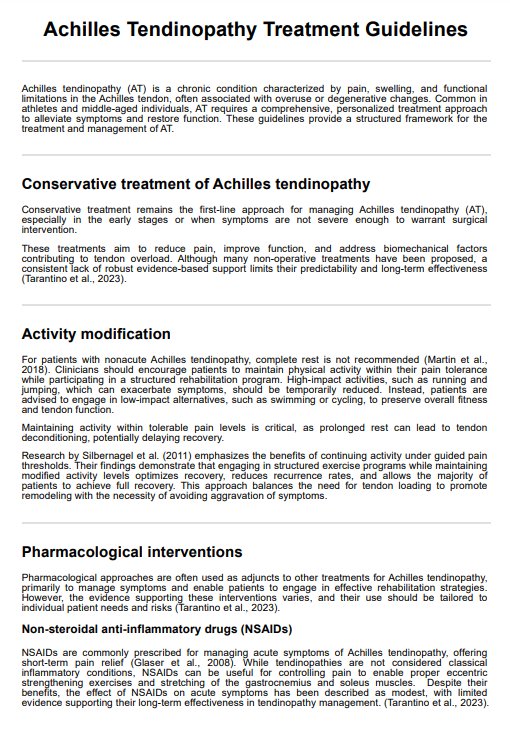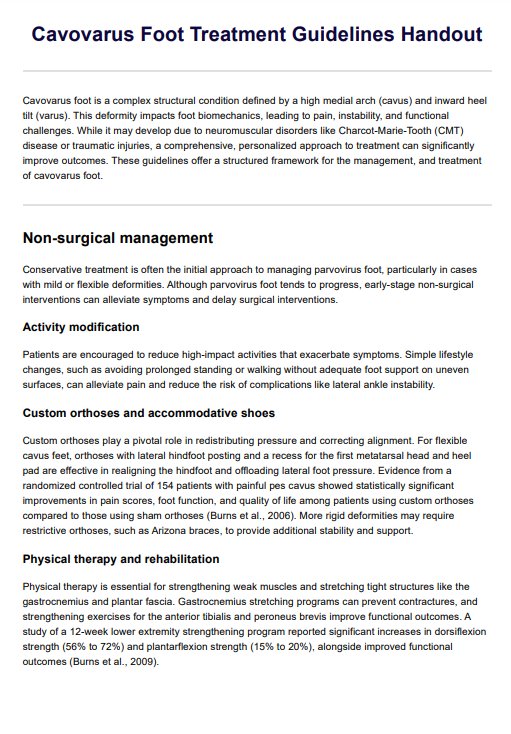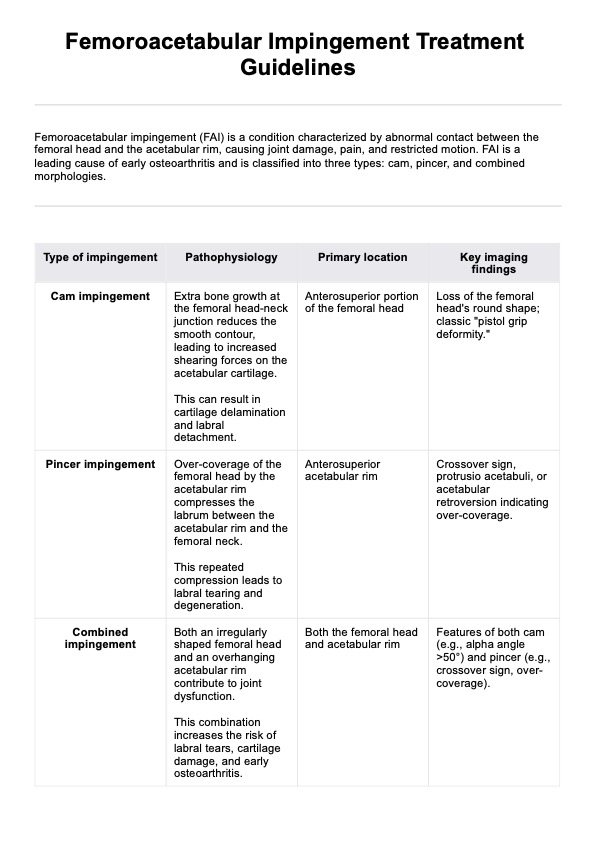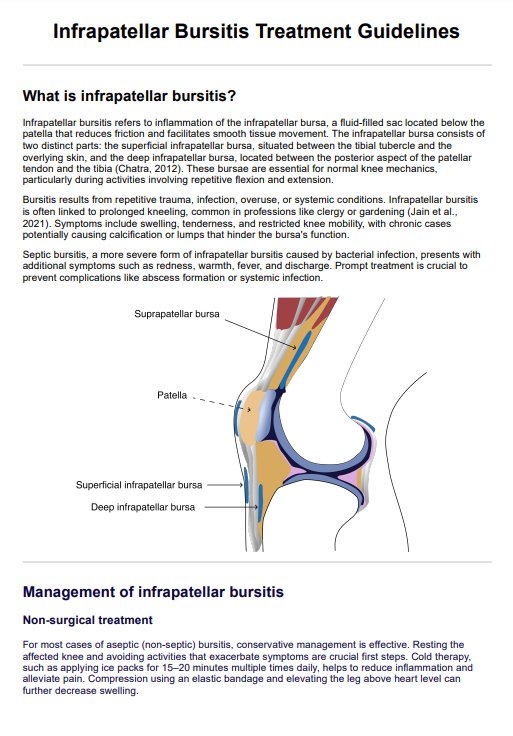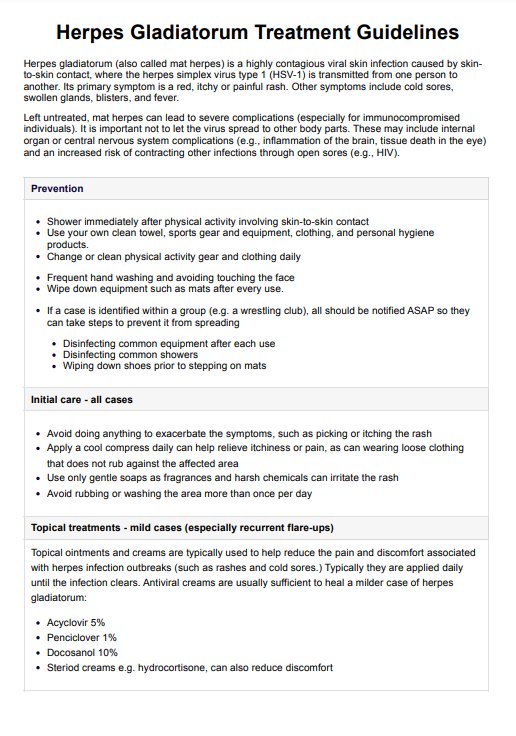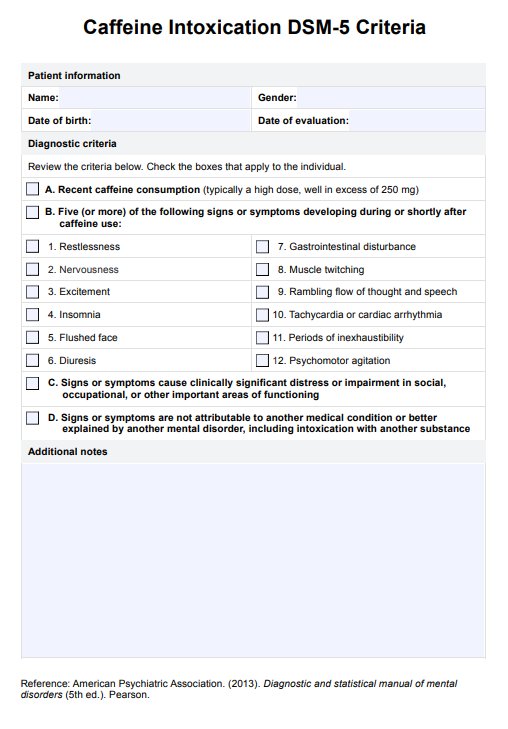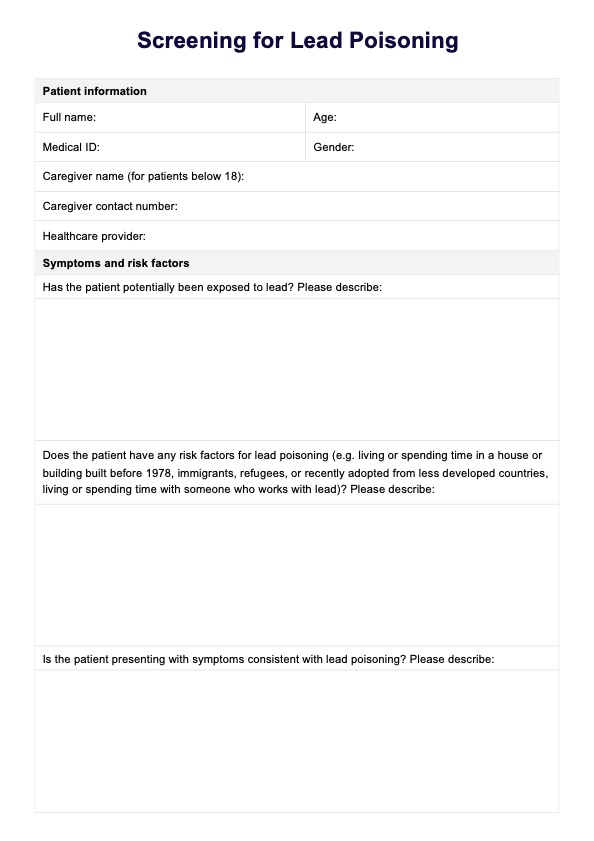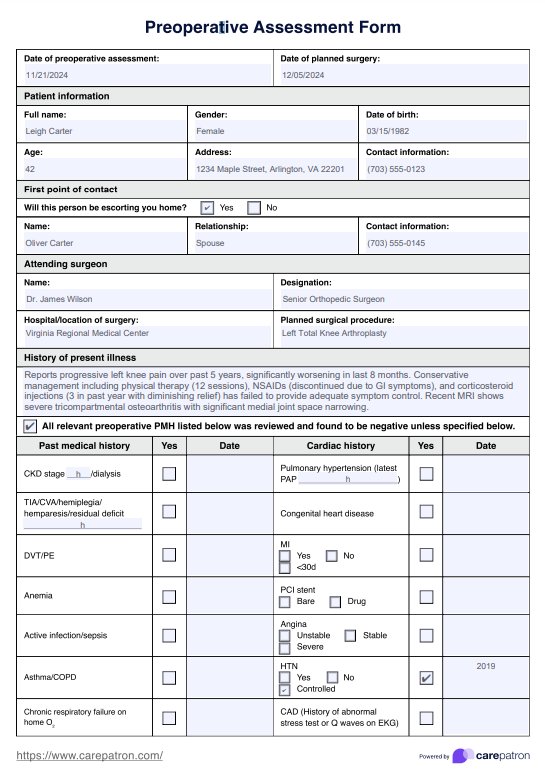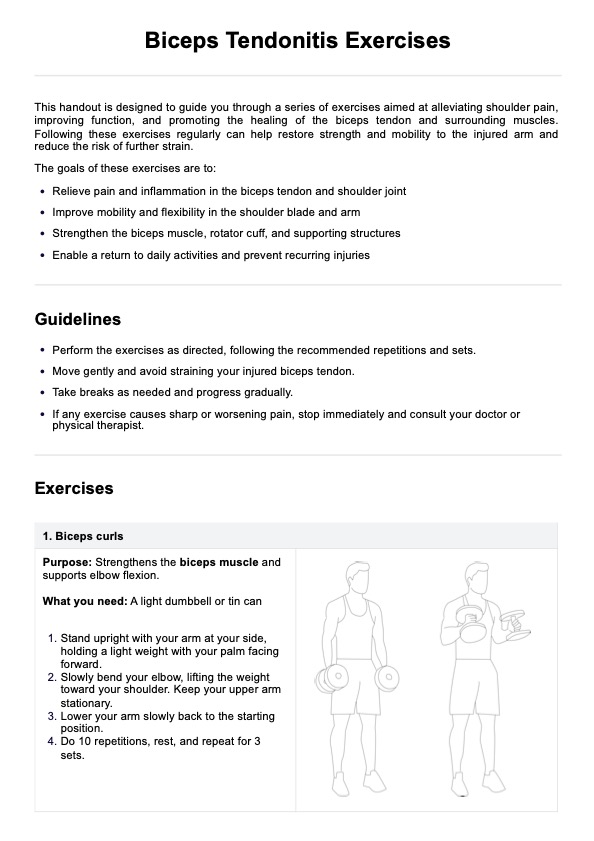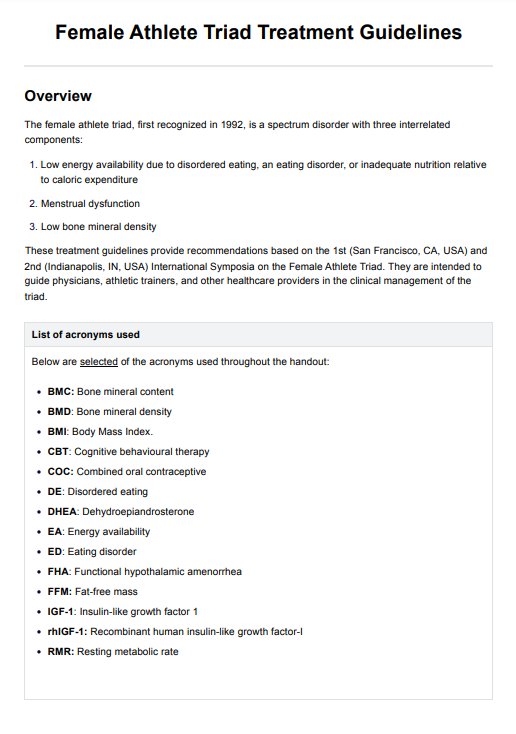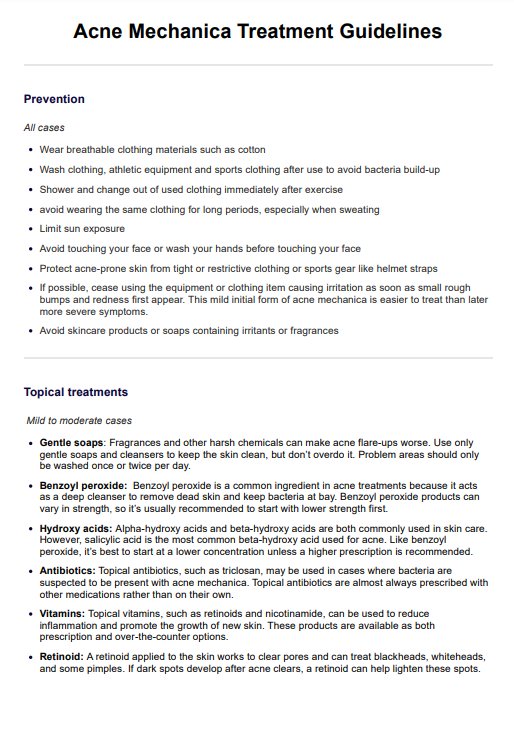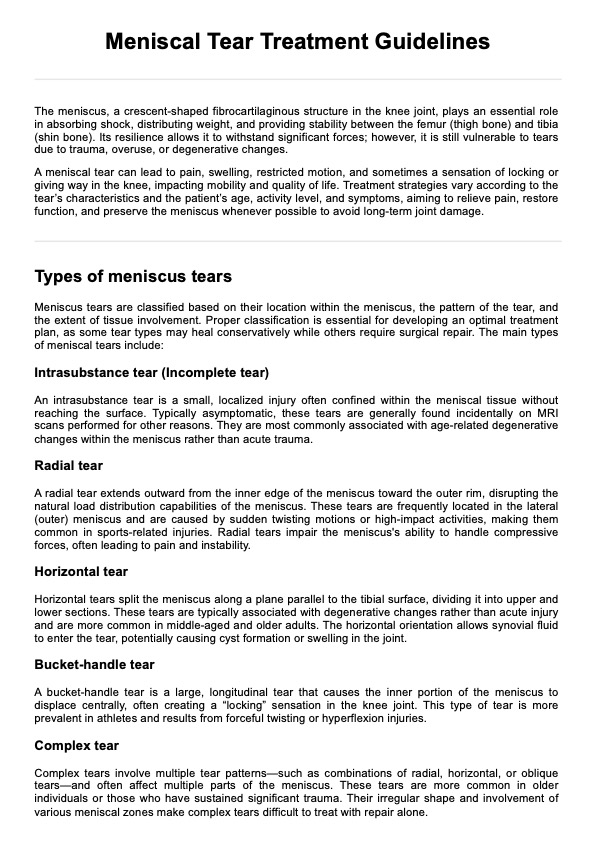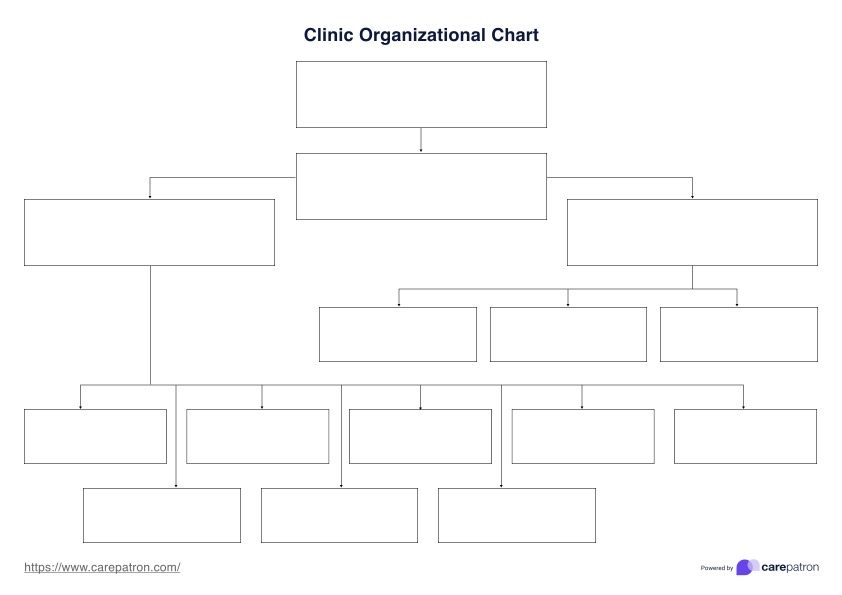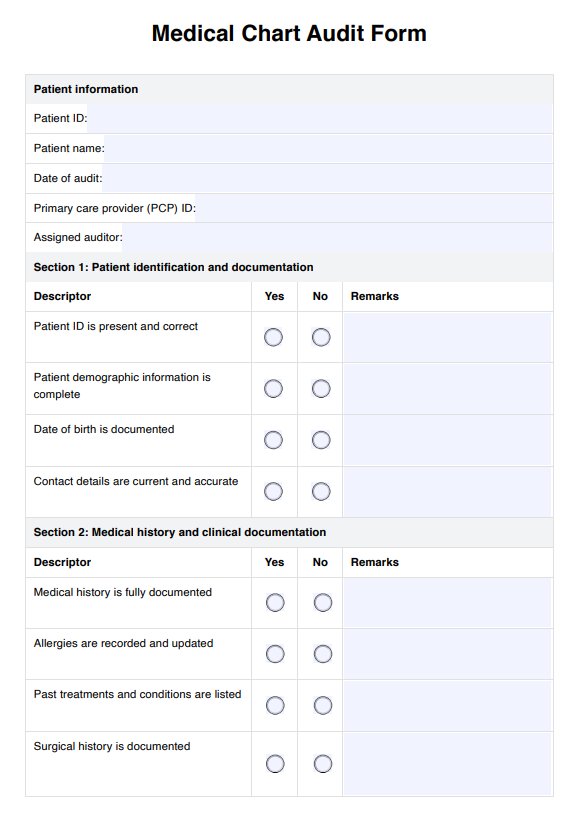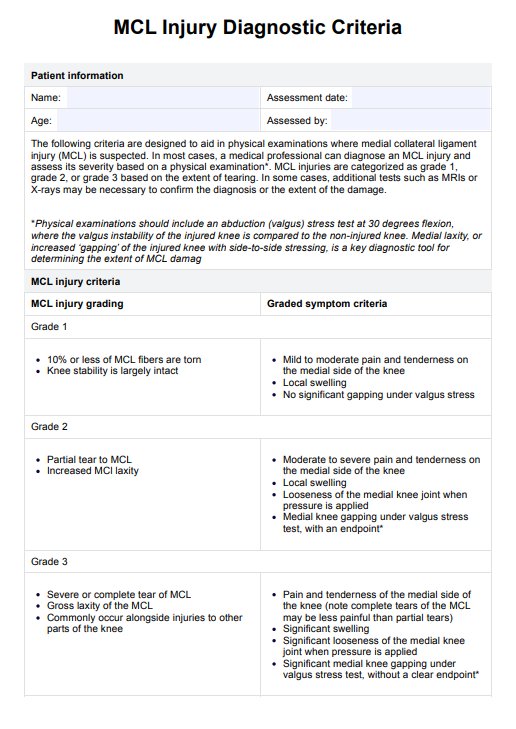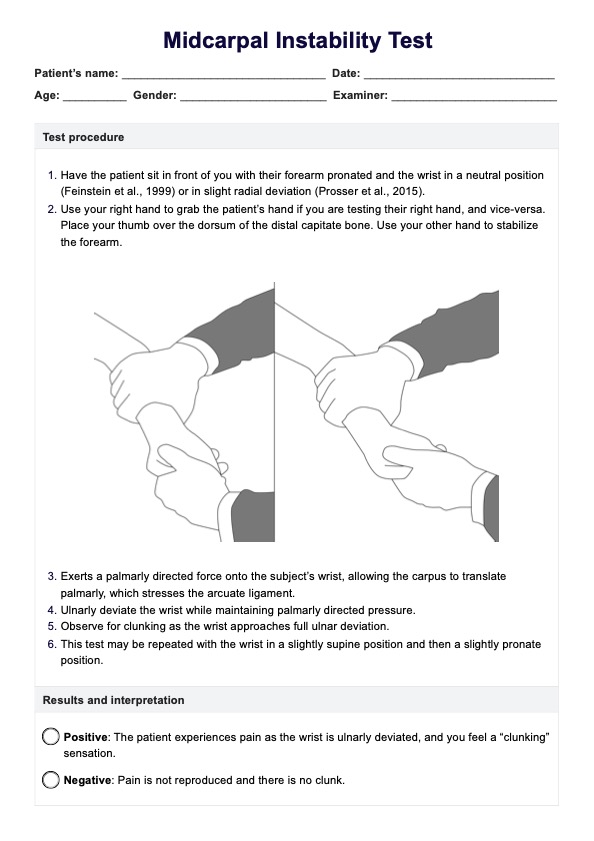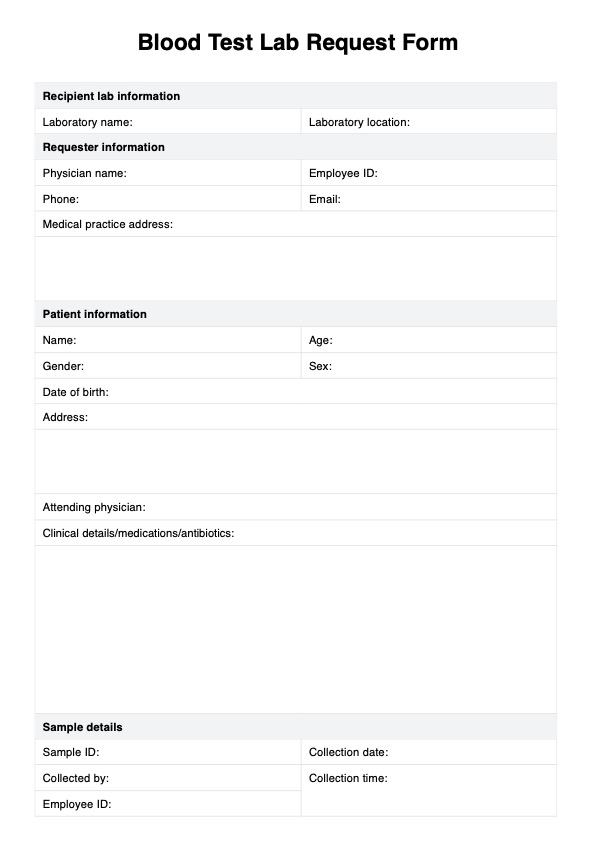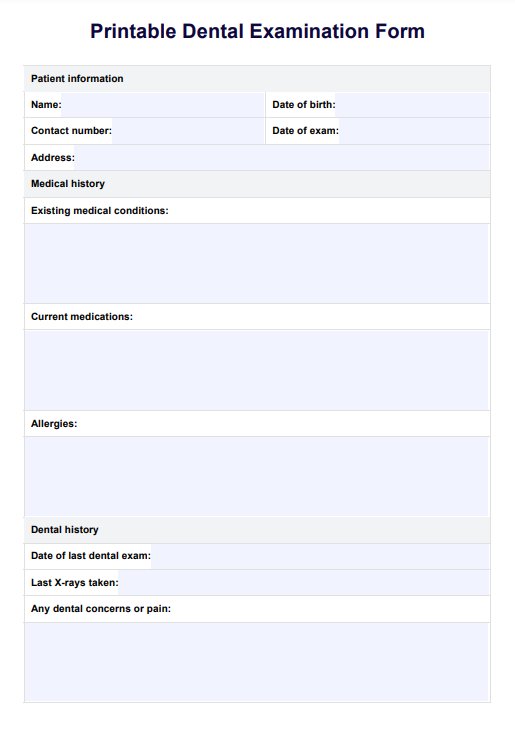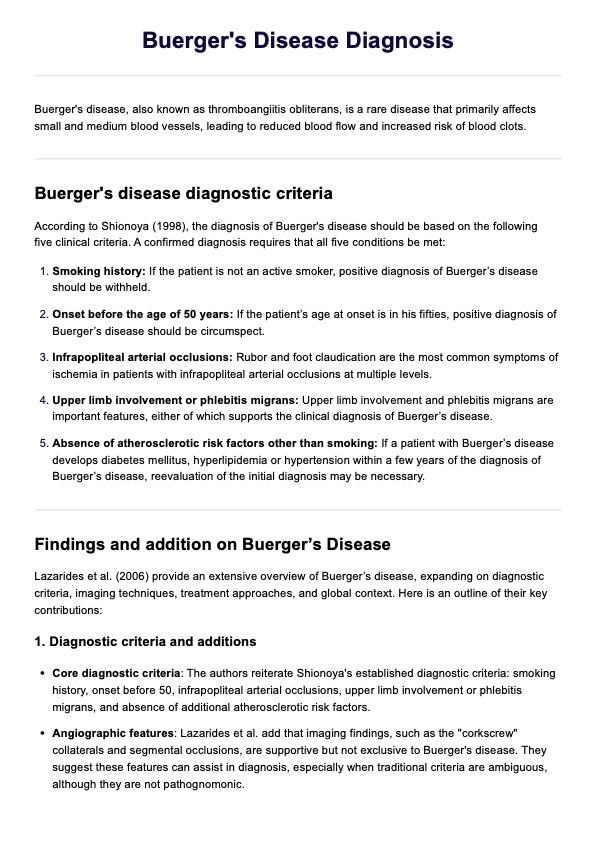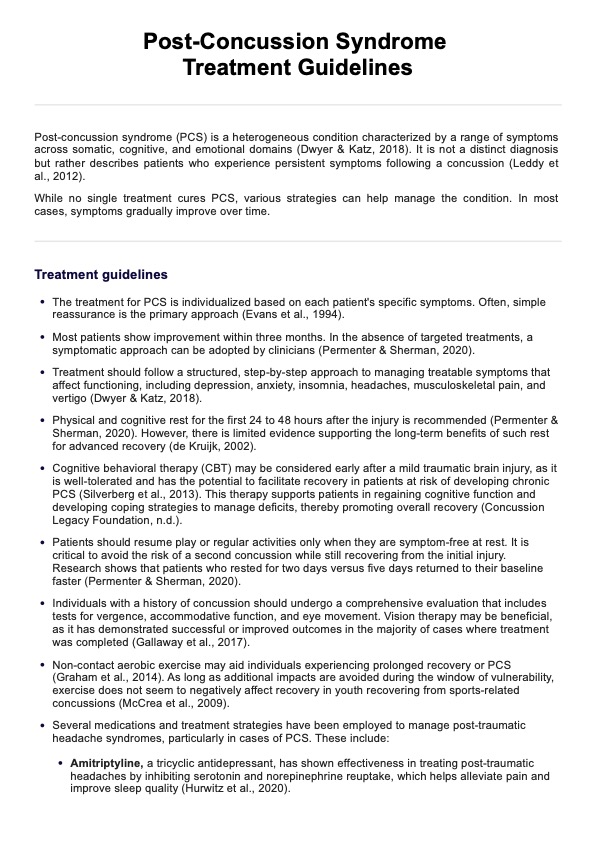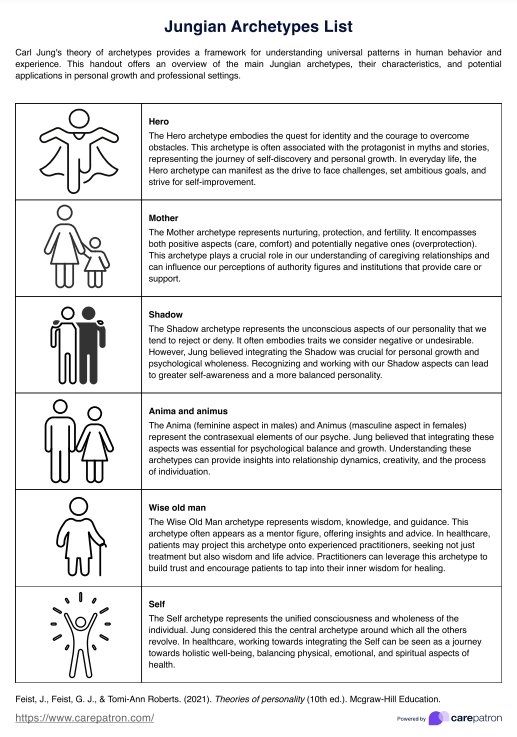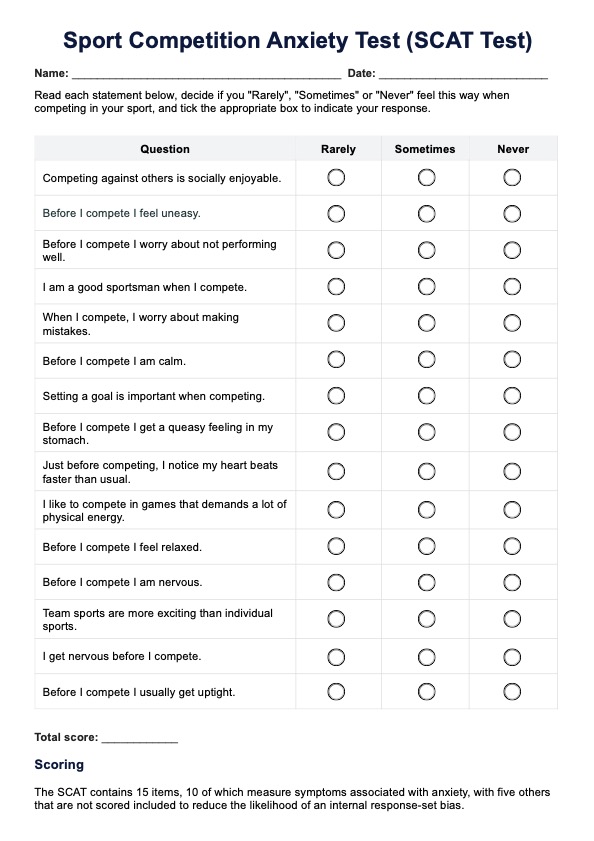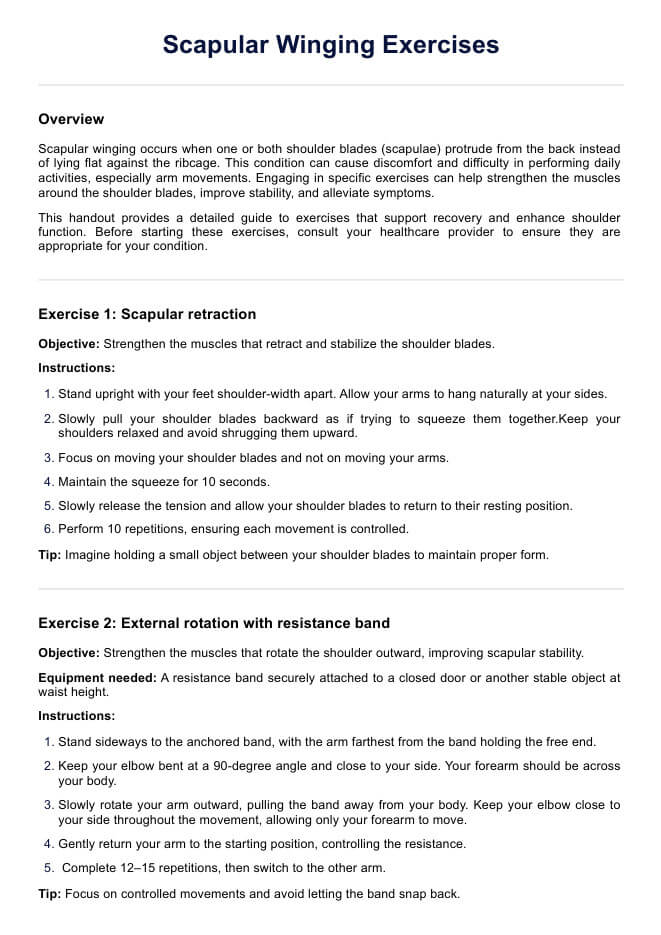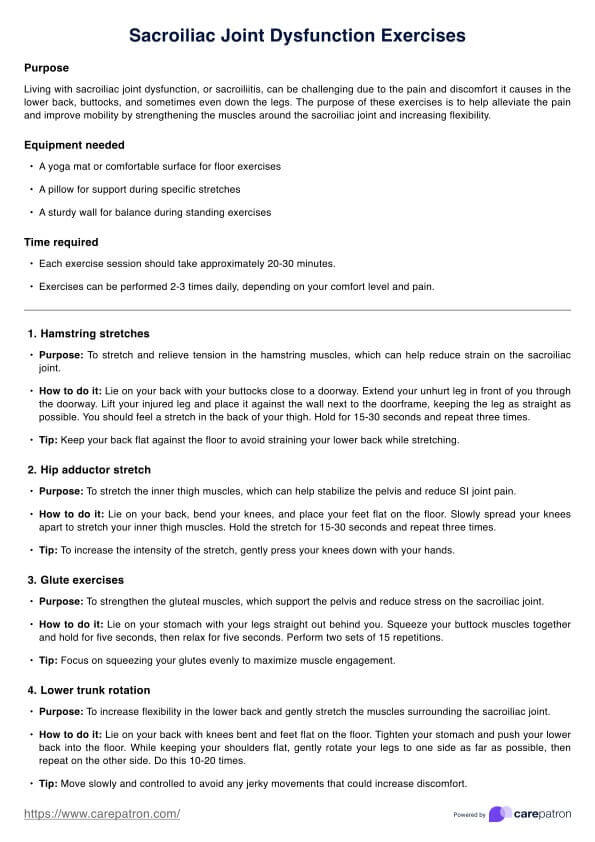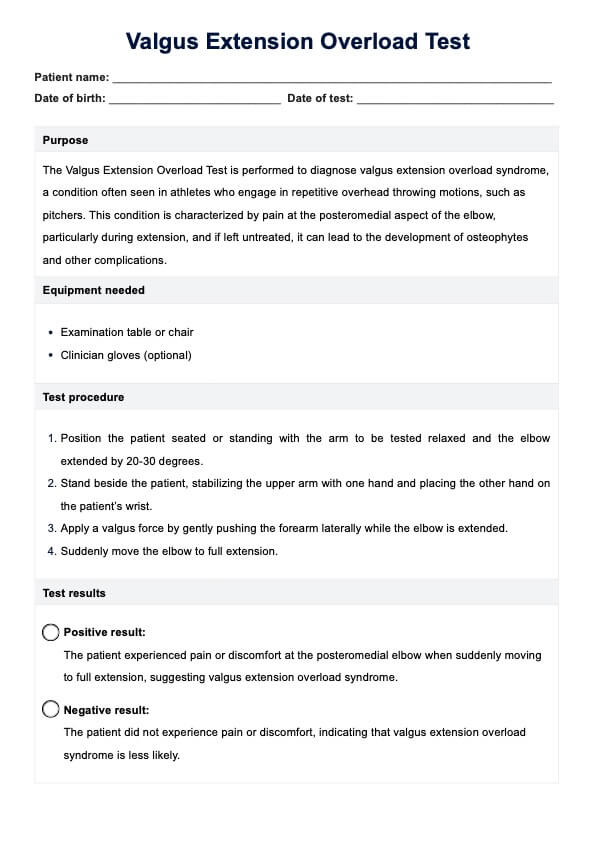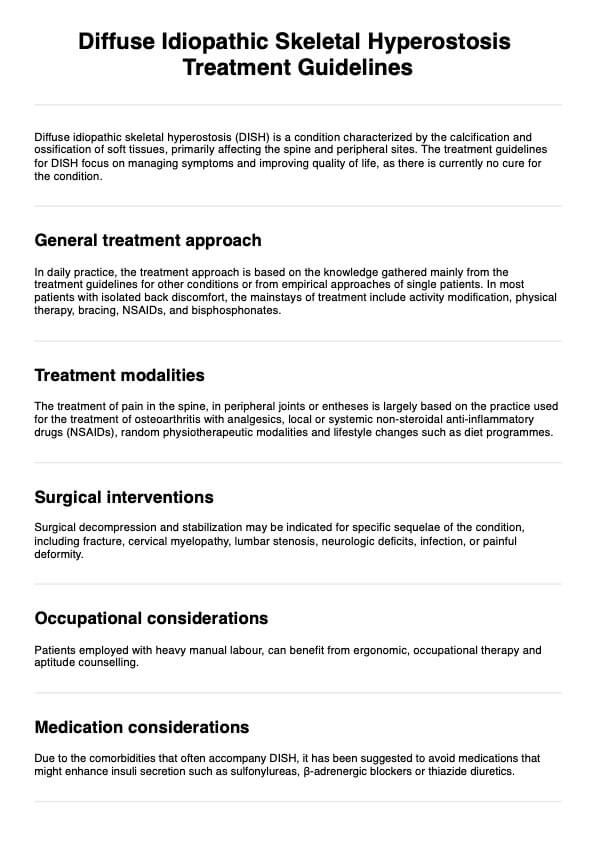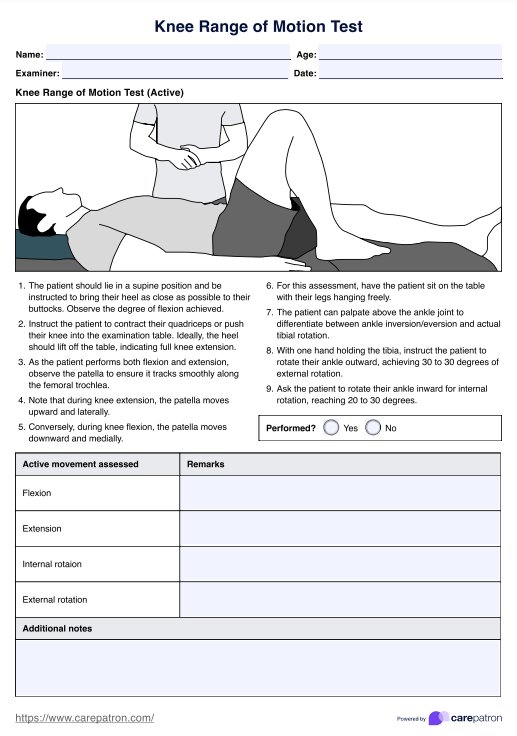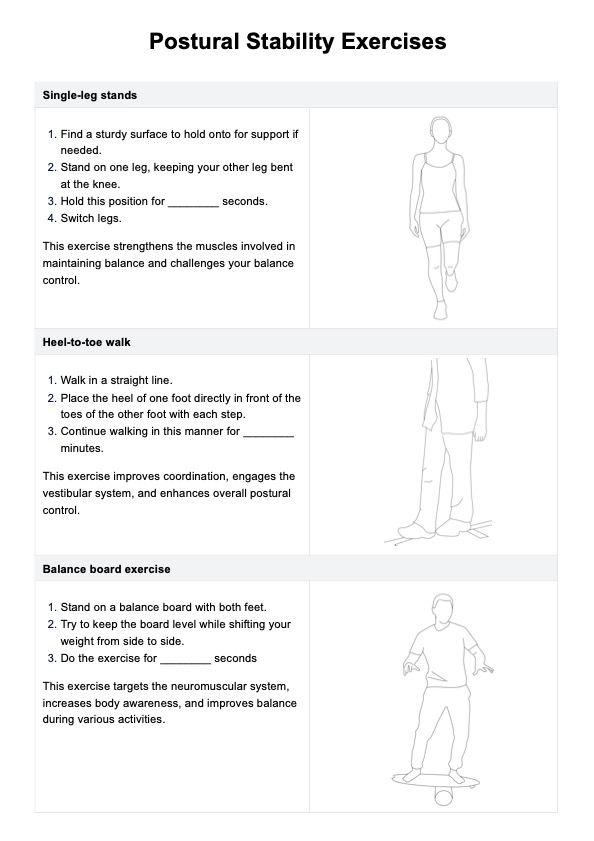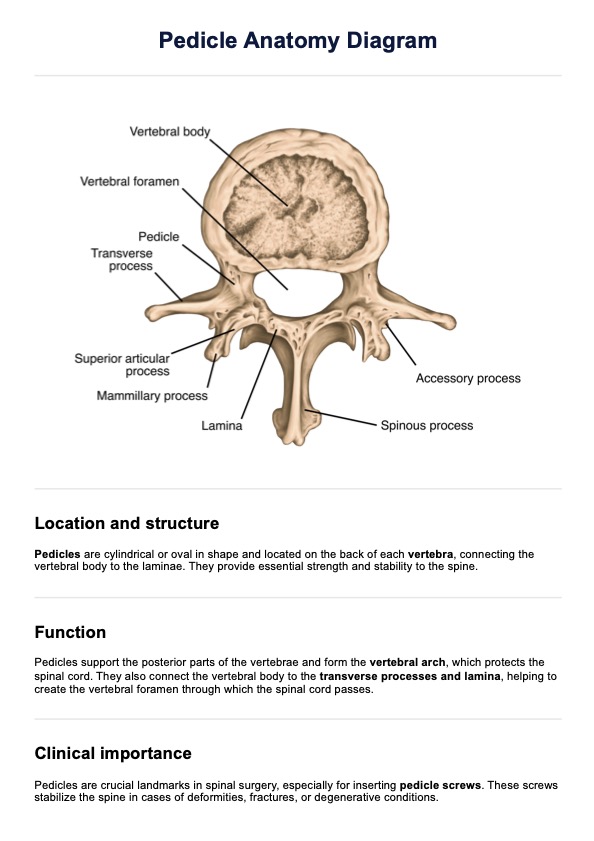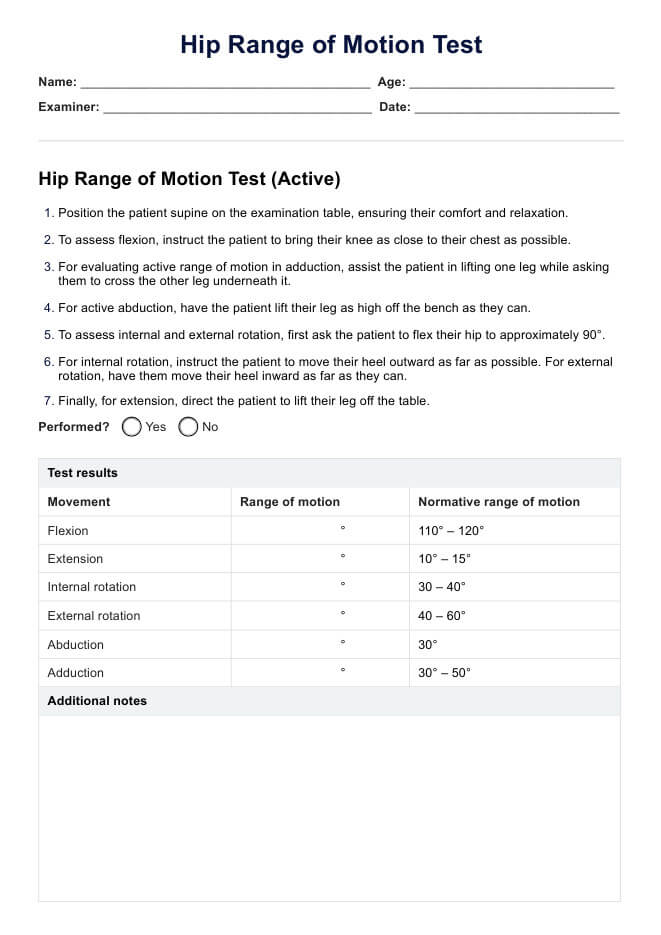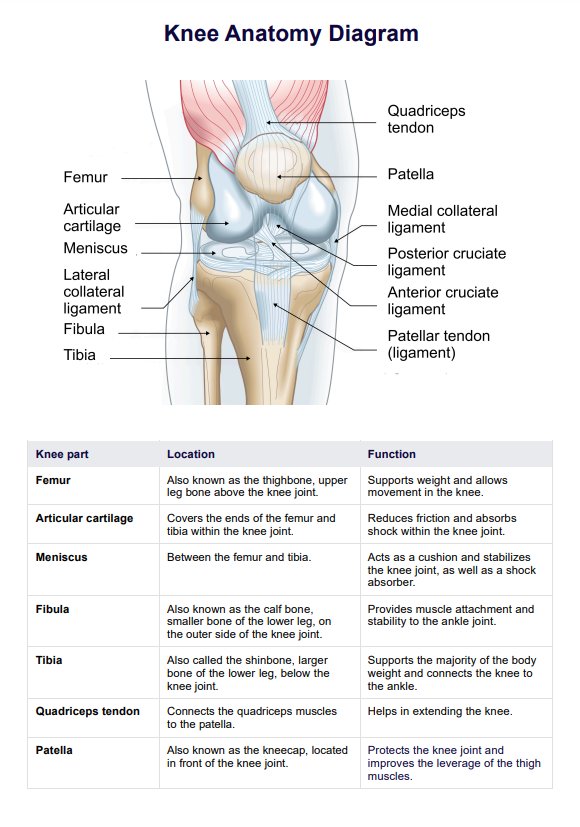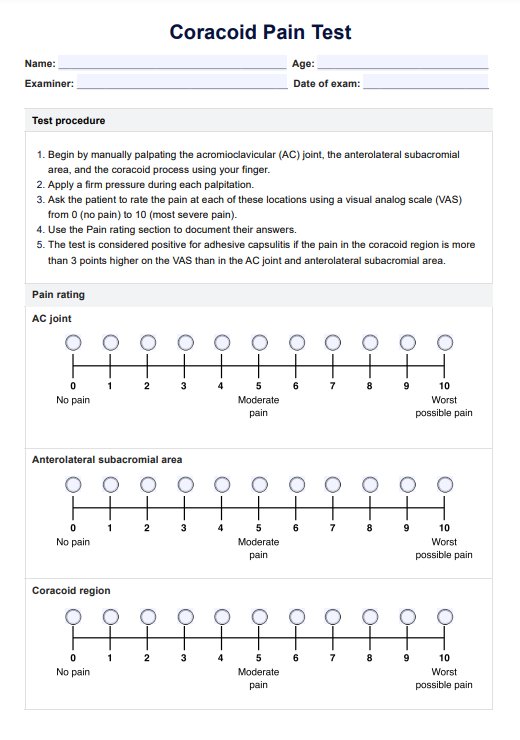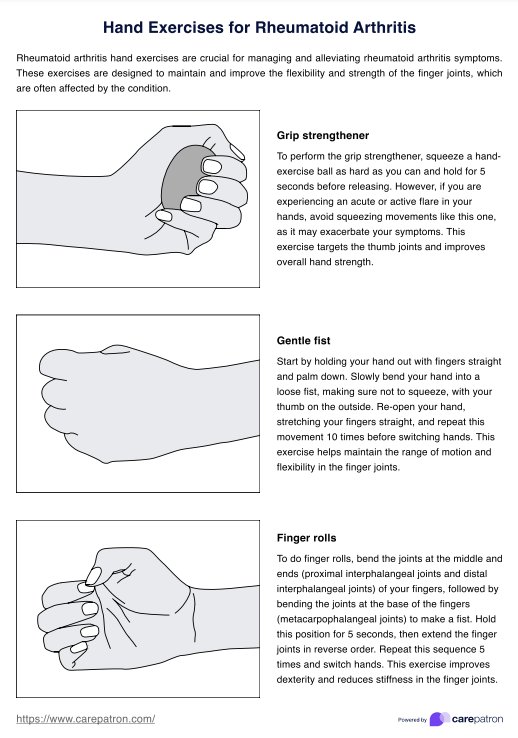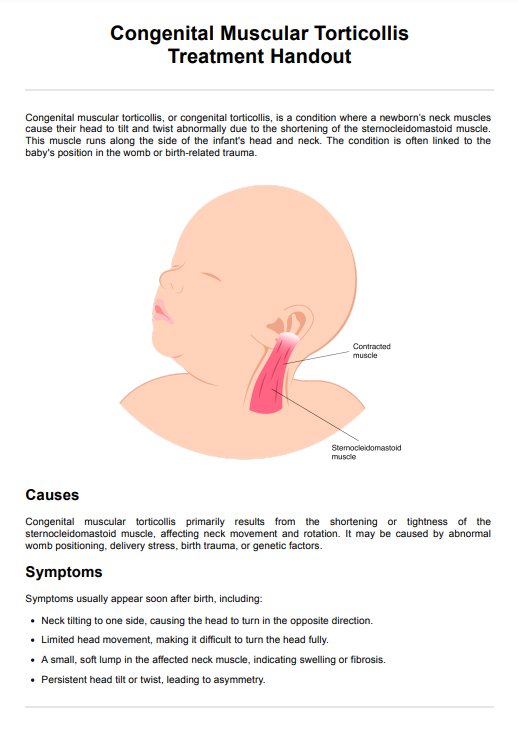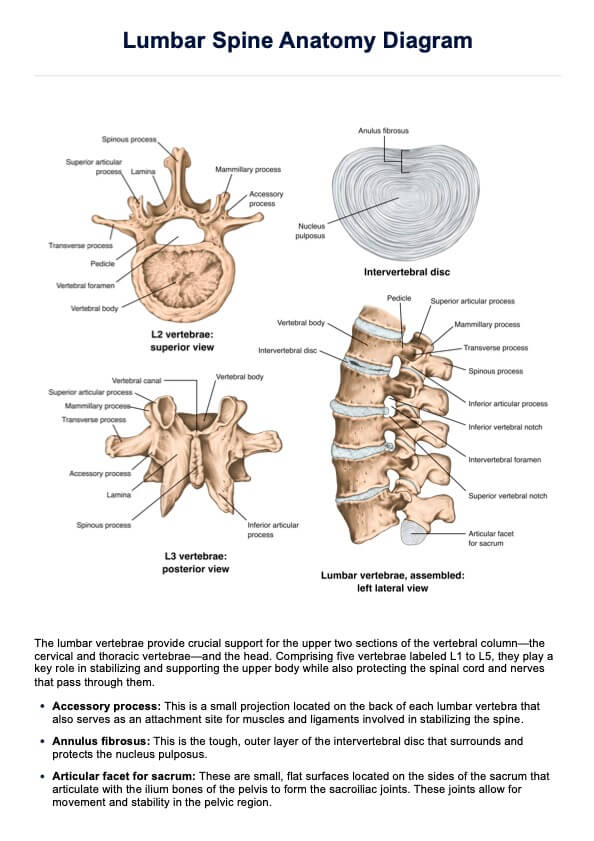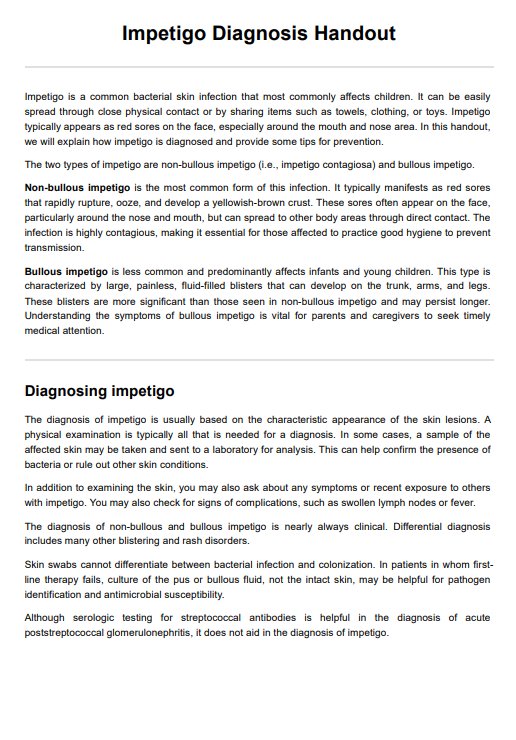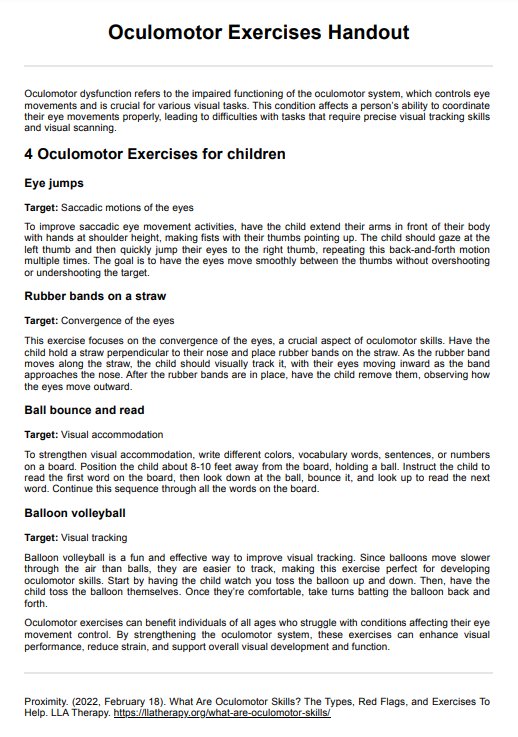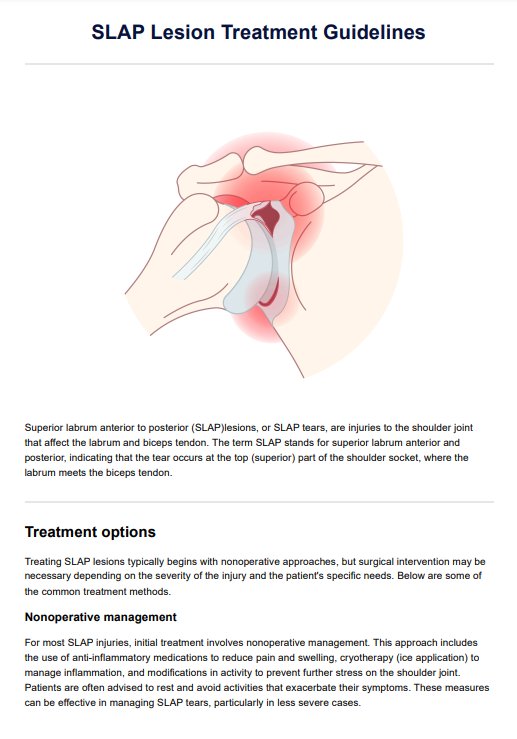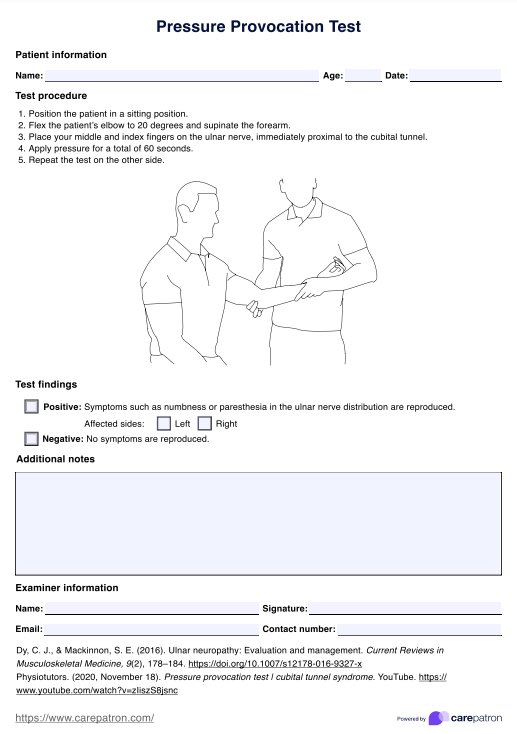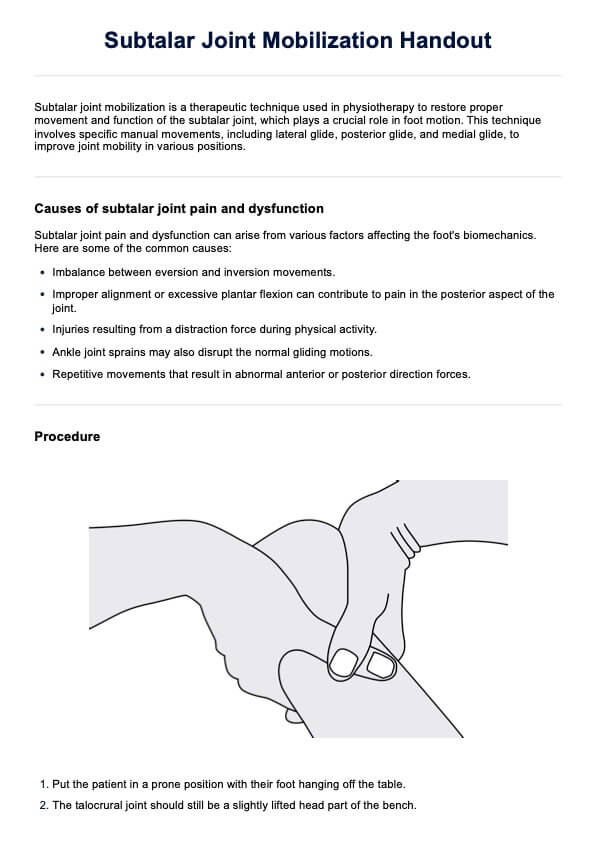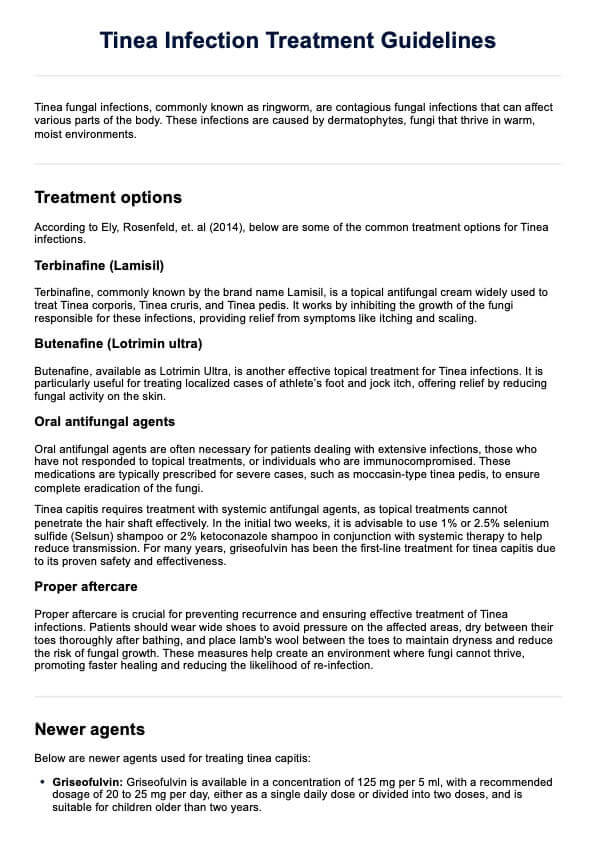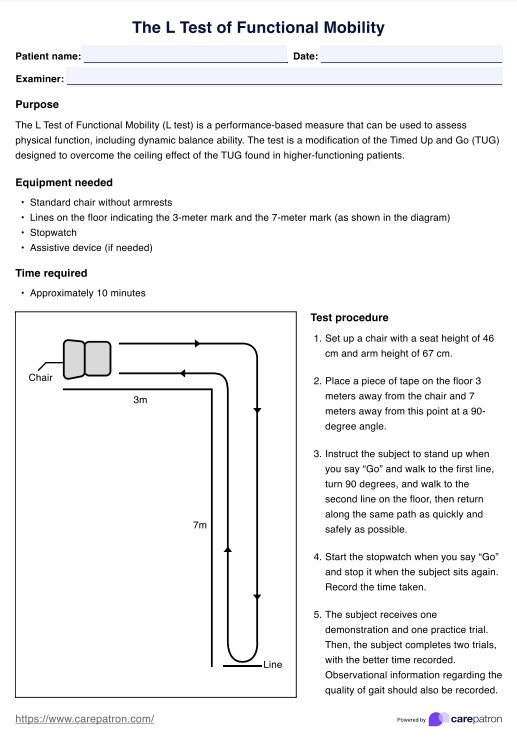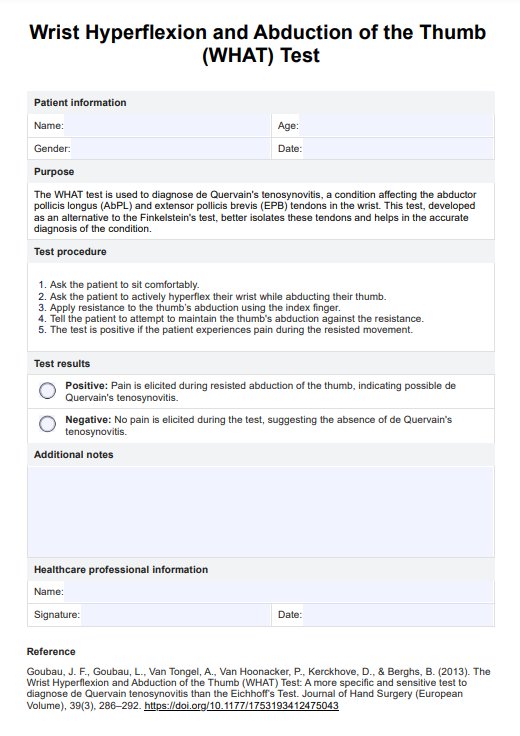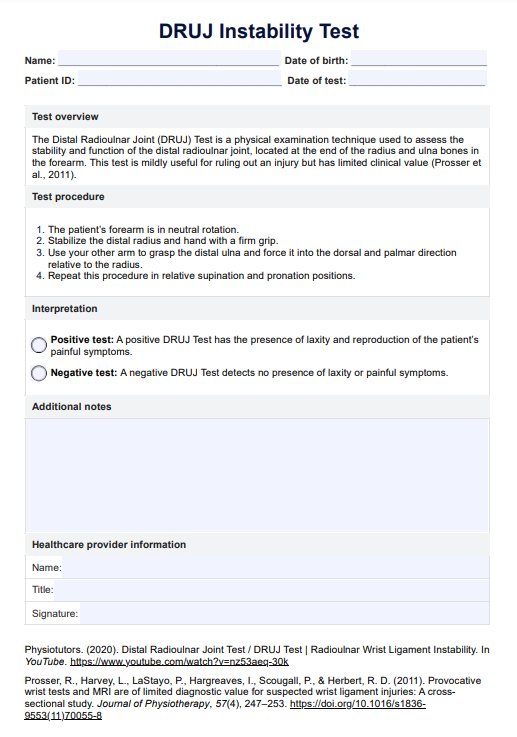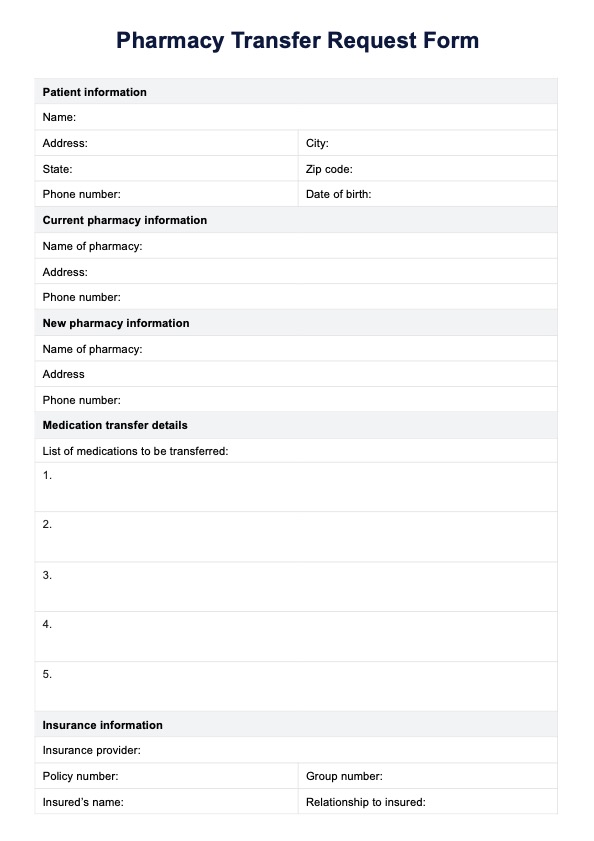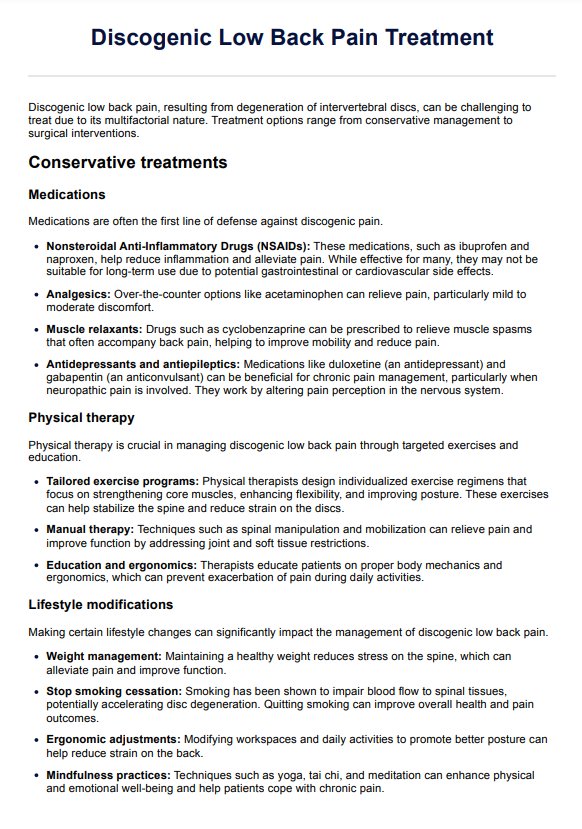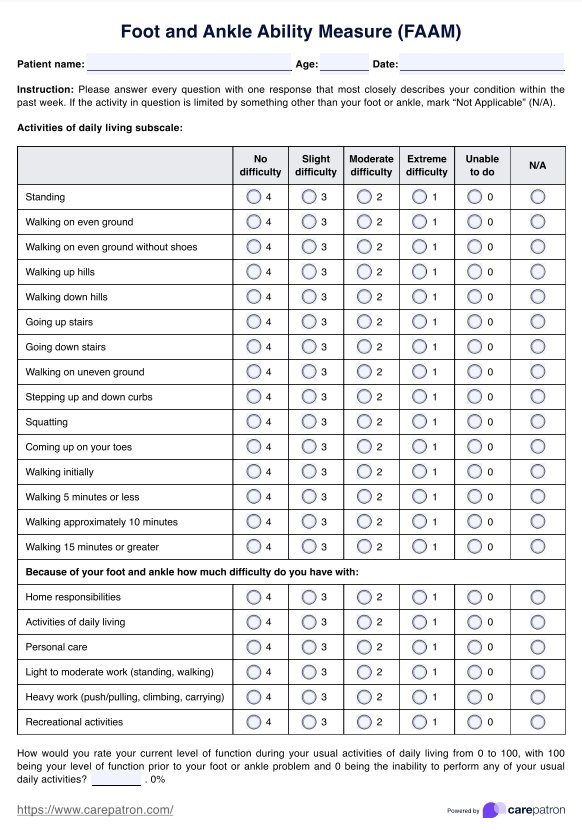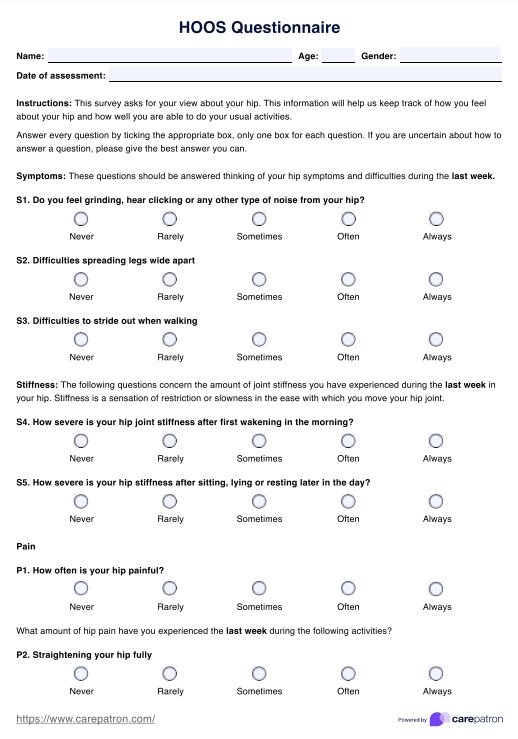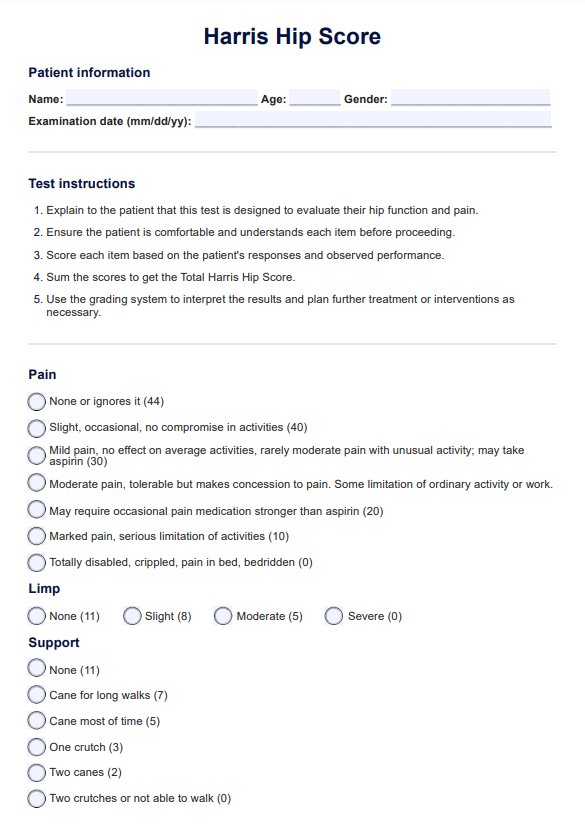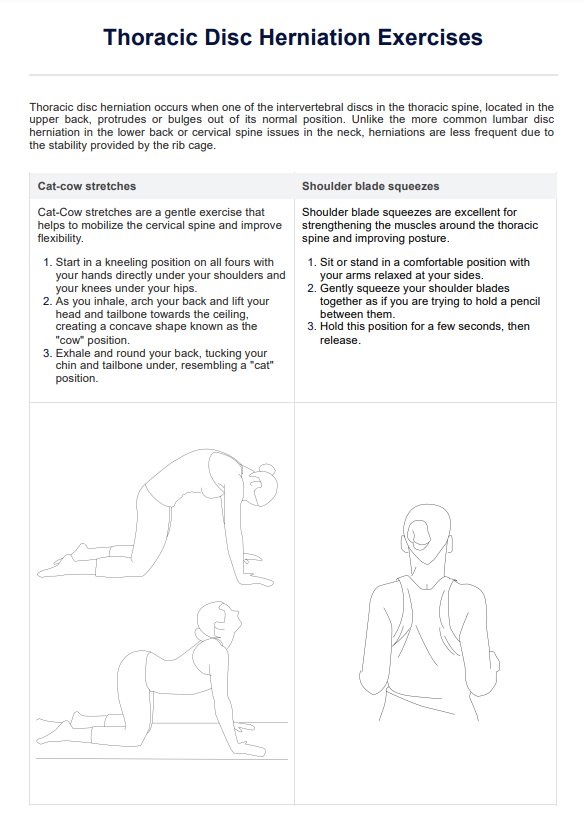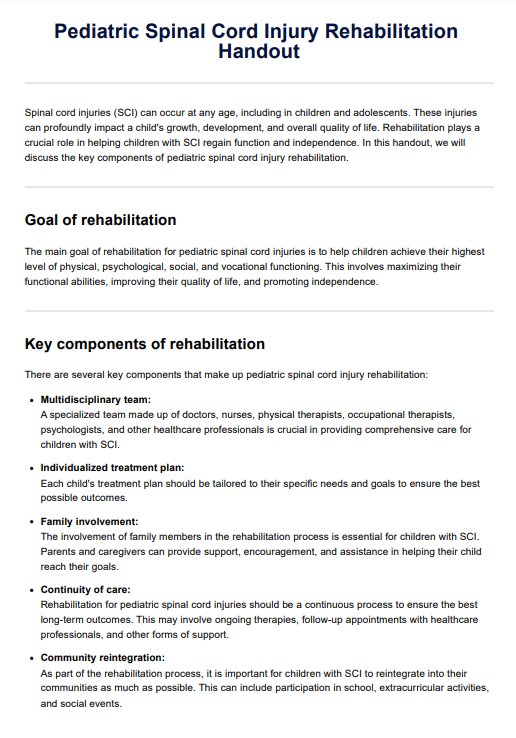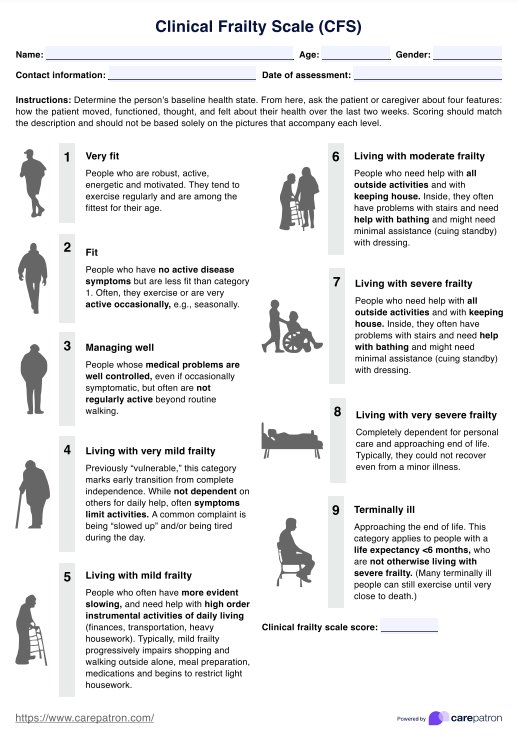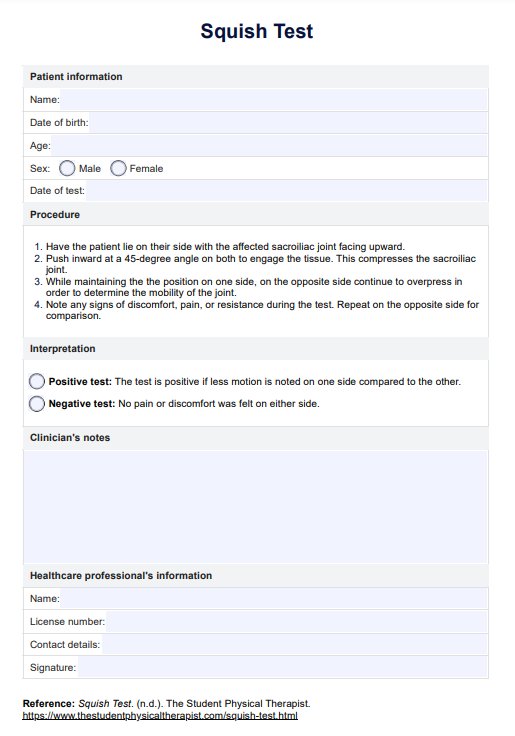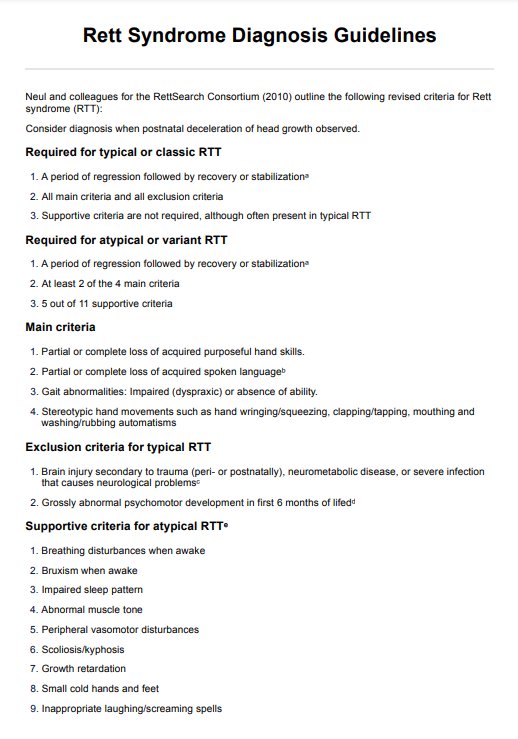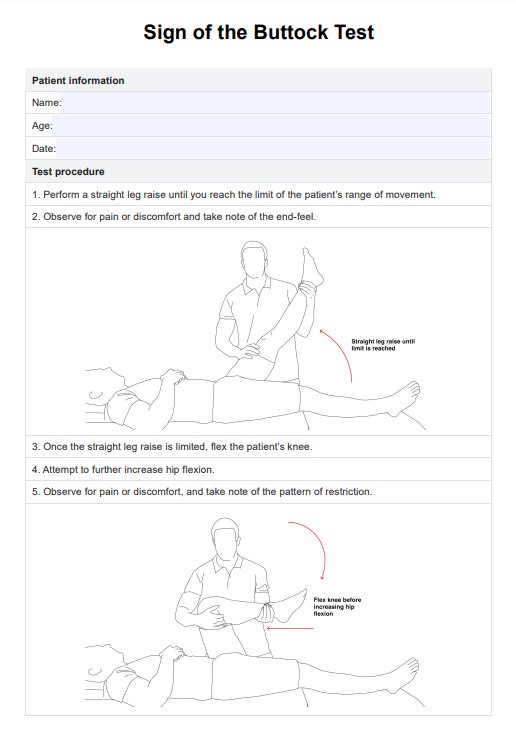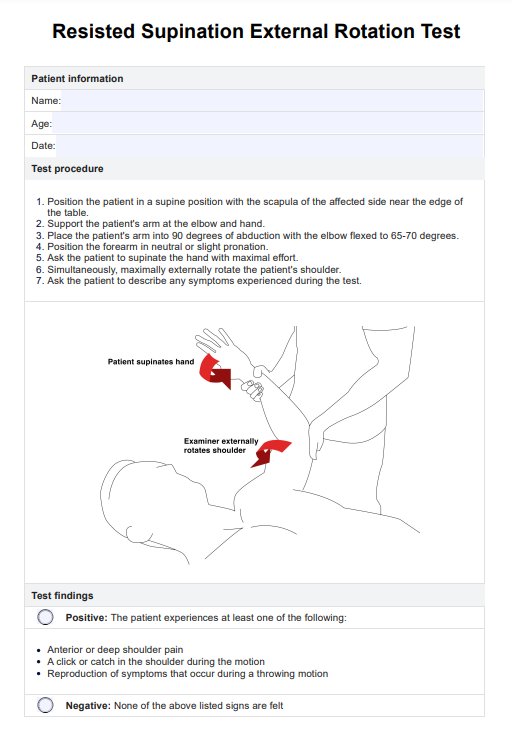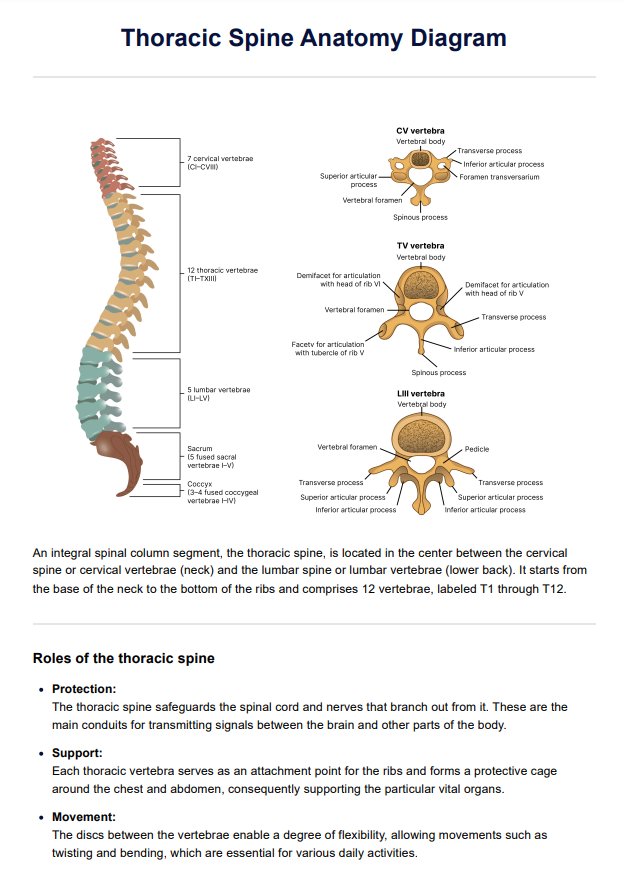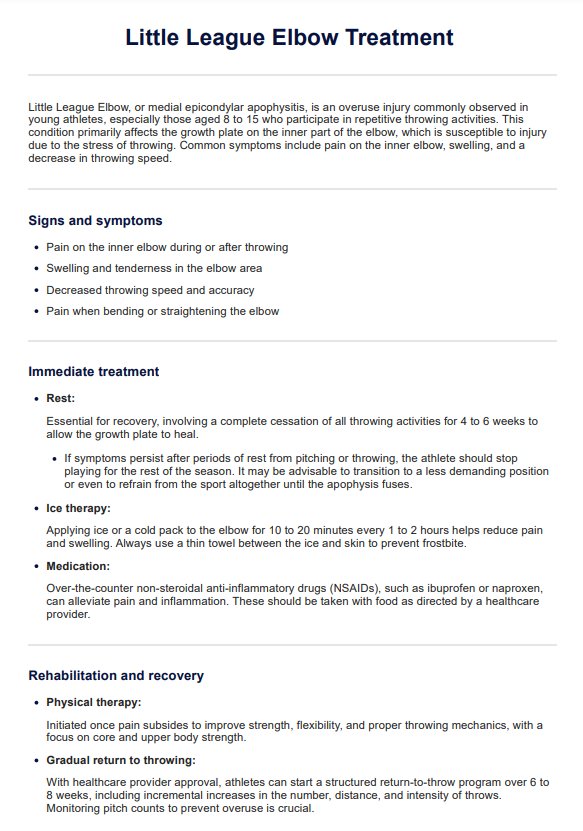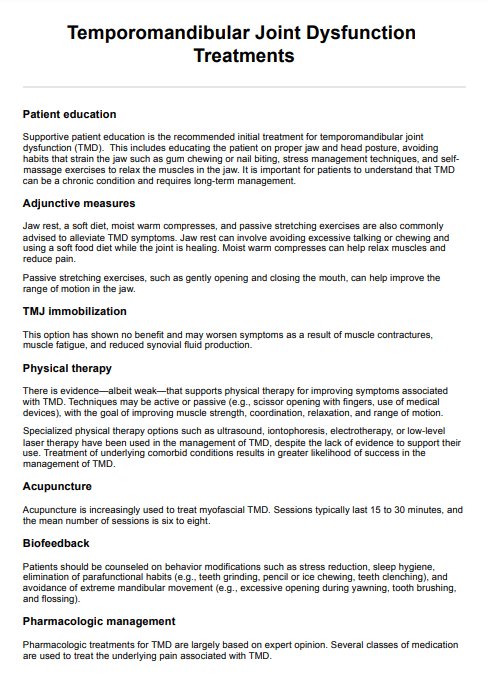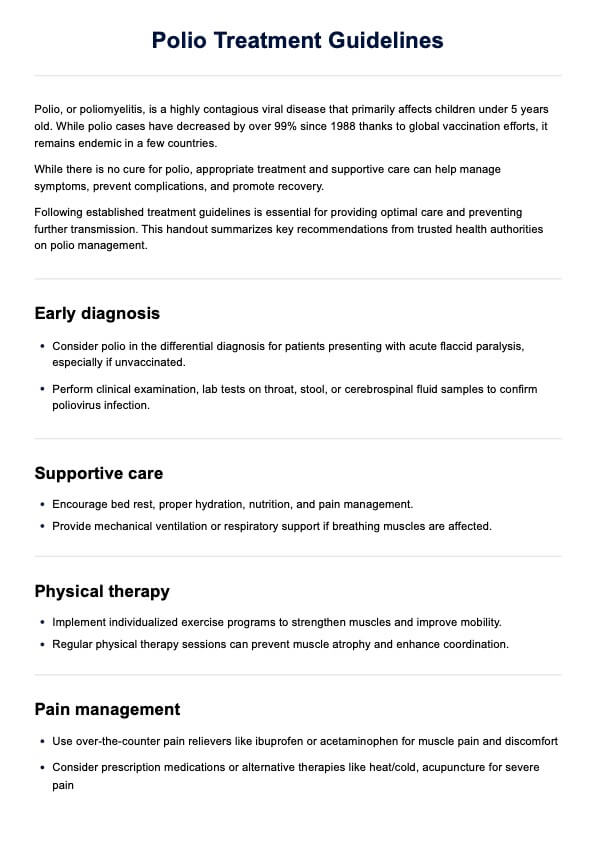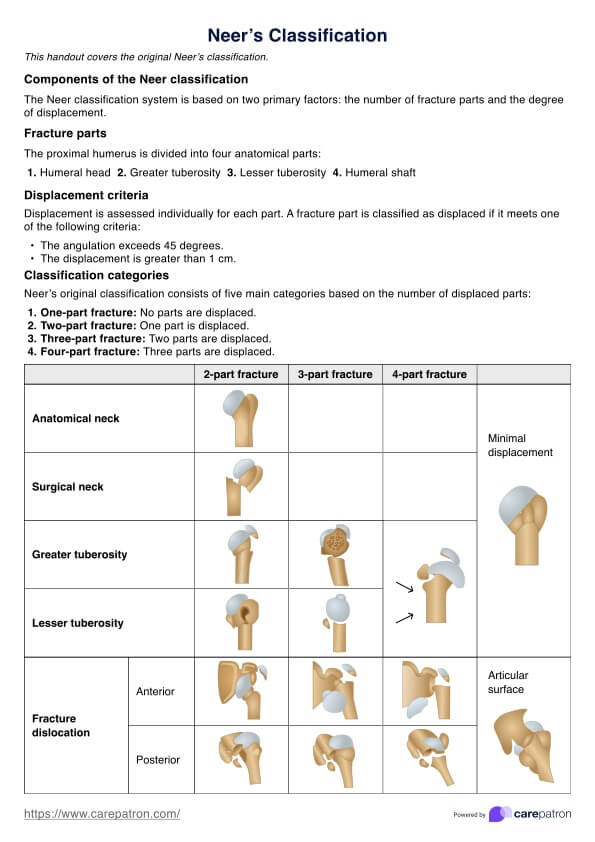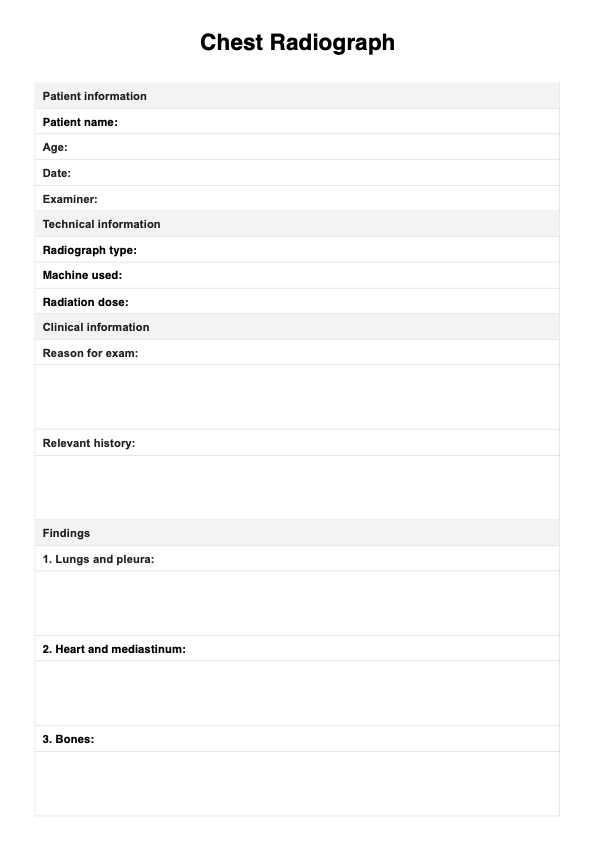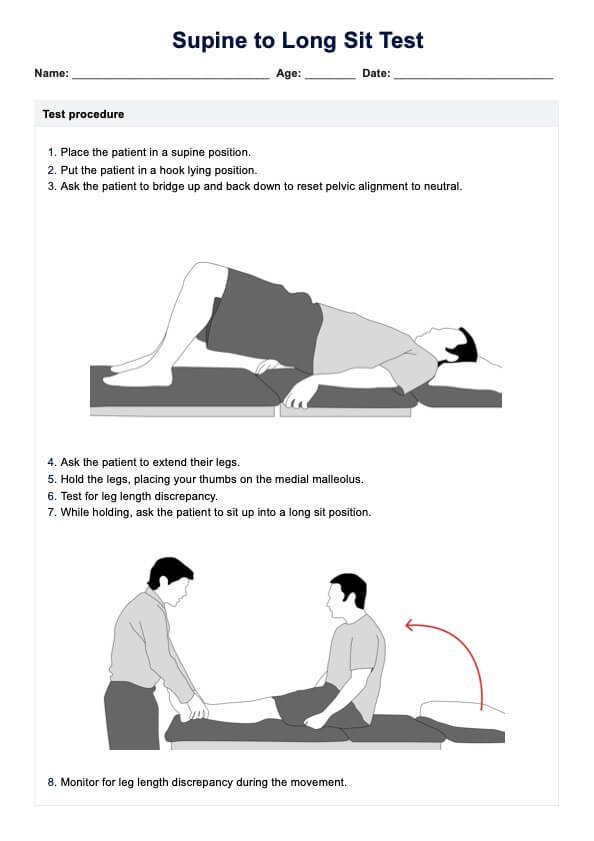Pauwels' Classification
Learn how the Pauwels' Classification for femoral neck fractures works. Download a free PDF handout of this system for your practice here.


What is a femoral neck fracture?
The femoral neck is a crucial anatomical structure located just below the femoral head, forming a bridge between the femoral head and the femoral shaft. This narrow, constricted segment of bone plays a vital role in the biomechanics of the hip joint. Its primary function is to support the body's weight during standing, walking, and running by transmitting loads from the femoral head to the rest of the femur.
Additionally, the femoral neck allows for a greater range of motion in the hip joint due to its angulated position, which aids in the flexibility and mobility necessary for various physical activities.
A femoral neck fracture is a type of hip fracture that occurs in the upper part of the thigh bone, specifically at the junction where it connects to the ball-shaped top of the femur known as the femoral head. This type of fracture is particularly common in older adults, often as a result of falls or osteoporosis, which weakens the bones.
Pauwels' Classification Template
Pauwels' Classification Example
Classifying femoral neck fractures
Femoral neck fractures can be broadly categorized based on various factors, including the extent and direction of the fracture line, the degree of displacement, and the patient's age and bone quality. Some of the most commonly used classification systems for femoral neck fractures include the following:
- Garden Classification: Developed by Robert Symon Garden in 1961, the Garden Classification of femoral fractures focuses on their completeness and displacement, including four types (I-IV) (Kazley et al., 2018). It helps predict complications like avascular necrosis and guide treatment: Types I and II often receive internal fixation, while Types III and IV may need hip replacement due to instability.
- AO/OTA classification: This system categorizes femoral neck fractures to guide treatment based on fracture characteristics. It divides proximal femoral fractures into three main types, with subcategories detailing the complexity and severity. Type B covers femoral neck fractures, including subcapital (B1) and transcervical (B2) fractures, with specific subtypes like valgus impacted, nondisplaced, and displaced fractures (Feger, 2021).
- Anatomical classification: Femoral neck fractures can also be classified into subcapital (at the junction), transcervical (mid-portion), and basicervical (base) types (Physiopedia, 2022). These classifications are important for understanding the fracture's location and its impact on blood supply, which is essential for treatment and prognosis.
Pauwels' Classification
The Pauwels' Classification is another commonly used system for femoral neck fractures, which categorizes them based on the angle of the fracture line in relation to the horizontal plane. This classification system has three types:
- Type I: This type features a fracture line that forms an angle of less than 30 degrees with the horizontal plane. Type I fractures are generally stable and have a lower risk of displacement.
- Type II: In this type, the fracture line forms an angle between 30 and 50 degrees with the horizontal plane. Type II fractures are less stable compared to Type I.
- Type III: This type includes fractures where the angle of the fracture line is greater than 50 degrees. Type III fractures are highly unstable and carry a significant risk of displacement.
While Pauwels' Classification is useful for assessing femoral neck fractures, it should not be the only factor considered when making treatment decisions. Other factors, such as age, overall health, and patient mobility, should also be taken into account. Additionally, timely and proper diagnosis is crucial for the successful management of femoral neck fractures.
How does our Pauwels' Classification template work?
Our Pauwels' Classification template includes illustrations of all three types of femoral neck fractures based on the system. It also briefly explains each type, helping you quickly and accurately assess your patients. Here's how to use the template:
Step 1: Get a copy of the handout
Use the link on this page to download the Pauwels' Classifications template. You can also get it from the Carepatron app or our resources library.
Step 2: Observe the fracture angle
Examine the X-ray or imaging of the patient's femoral neck fracture and determine the angle formed by the fracture line in relation to the horizontal plane.
Step 3: Match with the corresponding illustration
Match your observation with one of the three illustrations provided in our template. You can quickly identify which type of Pauwels' Classification it falls under.
Step 4: Read a brief explanation
After identifying the type, read through its brief explanation provided alongside the illustration. This will help you understand how stable or unstable the fracture is likely to be and its implications on treatment options.
Benefits of using our template
Here are some of the advantages of using our handy Pauwels' Classification template:
Fully digital
Our template is fully digital, meaning you can easily make edits and adjustments to fit your specific needs. You can also save it on your computer or cloud storage for easy access.
Easy to understand
Our template follows a clear and concise format that is easy for healthcare professionals to use and understand. It also includes clear illustrations to help you identify and classify femoral neck fractures more easily.
Time-saving
By using our template, you can quickly and accurately classify femoral neck fractures, saving valuable time in the decision-making process. This allows for timely treatment and improved outcomes for patients.
Treatments for femoral neck fractures
Treating femoral neck fractures requires a comprehensive and individualized treatment plan based on the patient's age, overall health, fracture displacement, severity, and other factors. Here are some common treatment options for femoral neck fractures (Kazley & Bagchi, 2019):
Non-operative treatment
Non-operative management for these fractures is seldom recommended. It may be considered only for non-ambulatory patients, those requiring comfort care, or individuals at extremely high risk.
Open reduction internal fixation
Young patients with young femoral neck fractures need immediate treatment through emergent open reduction internal fixation. This femoral neck fracture fixation surgically realigns the broken bones and secures them with screws. Vertical femoral neck fractures, like Pauwel type III femoral neck fractures, are more common in younger, high-energy trauma patients. A sliding hip screw offers better stability for these fractures.
Sliding hip screws
Non-displaced fractures are usually treated with either percutaneous cannulated screws or a sliding hip screw. However, the incidence of avascular necrosis (AVN) is higher with sliding hip screws (9%) compared to cannulated screws (4%) (Nauth et al., 2017).
Hemiarthroplasty
Less active or frail patients with displaced femoral neck fractures may be better treated through hemiarthroplasty, which is the replacement of the femoral head with a prosthesis. It offers pain relief and improved mobility for elderly patients with a displaced femoral neck fracture.
Total hip arthroplasty (THA)
THA is considered for older, healthier patients who have sustained displaced and unstable femoral neck fractures. This method involves replacing both the femoral head and acetabulum with artificial implants.
References
Feger, J. (2021). AO/OTA classification of proximal femoral fractures | Radiology Reference Article | Radiopaedia.org. Radiopaedia. Retrieved July 21, 2024, from https://radiopaedia.org/articles/aoota-classification-of-proximal-femoral-fractures
Kazley, J. M., Banerjee, S., Abousayed, M. M., & Rosenbaum, A. J. (2018). Classifications in brief: Garden classification of femoral neck fractures. Clinical Orthopaedics and Related Research, 476(2), 441–445. https://doi.org/10.1007/s11999.0000000000000066
Kazley, J., & Bagchi, K. (2019). Femoral neck fractures. National Library of Medicine; StatPearls Publishing. https://www.ncbi.nlm.nih.gov/books/NBK537347/
Maffulli, N., & Aicale, R. (2022). Proximal femoral fractures in the elderly: A few things to know, and some to forget. Medicina, 58(10), 1314. https://doi.org/10.3390/medicina58101314
Nauth, A., Creek, A. T., Zellar, A., Lawendy, A.-R., Dowrick, A., Gupta, A., Dadi, A., van Kampen, A., Yee, A., de Vries, A. C., de Mol van Otterloo, A., Garibaldi, A., Liew, A., McIntyre, A. W., Prasad, A. S., Romero, A. W., Rangan, A., Oatt, A., Sanghavi, A., & Foley, A. L. (2017). Fracture fixation in the operative management of hip fractures (FAITH): An international, multicentre, randomised controlled trial. The Lancet, 389(10078), 1519–1527. https://doi.org/10.1016/s0140-6736(17)30066-1
Physiopedia. (2022). Femoral neck fractures. https://www.physio-pedia.com/Femoral_Neck_Fractures
Commonly asked questions
An increase in the Pauwels angle indicates a higher likelihood of femoral neck fractures being unstable and therefore requiring surgical intervention. This angle is measured on imaging scans and can help guide treatment decisions for patients with femoral neck fractures.
The Pauwels' Classification is a system used to classify femoral neck fractures based on the angle between the fracture line and the horizontal axis of the femoral shaft. It is divided into three types: Type I, where the fracture line is <30 degrees and considered stable; Type II, where the fracture line is 30-50 degrees and considered potentially unstable; and Type III, where the fracture line is >50 degrees and considered highly unstable.
Surgery for hip fractures typically involves internal fixation, dynamic hip screw or hemiarthroplasty, or total hip arthroplasty (THA), depending on the type and severity of the fracture.


